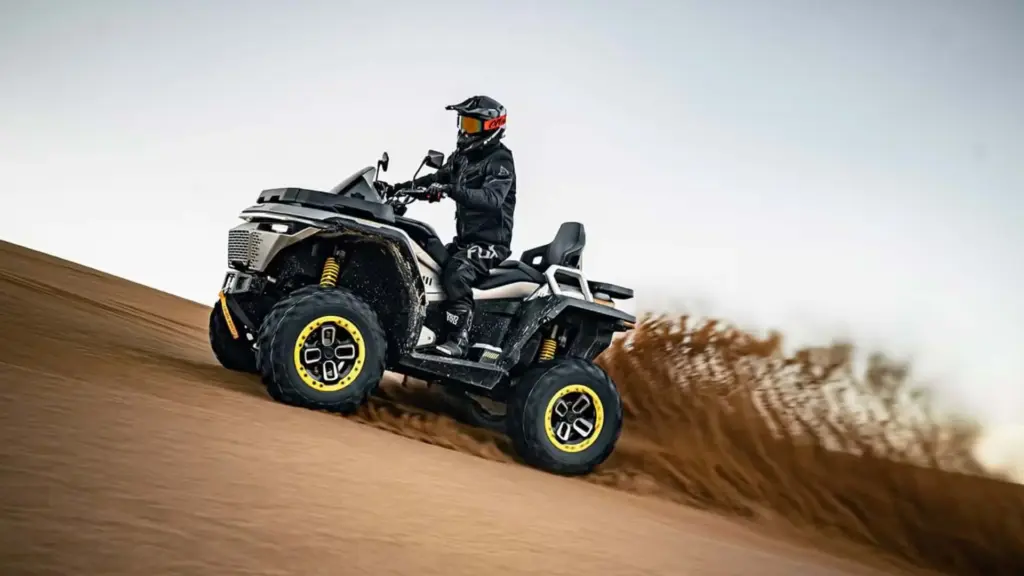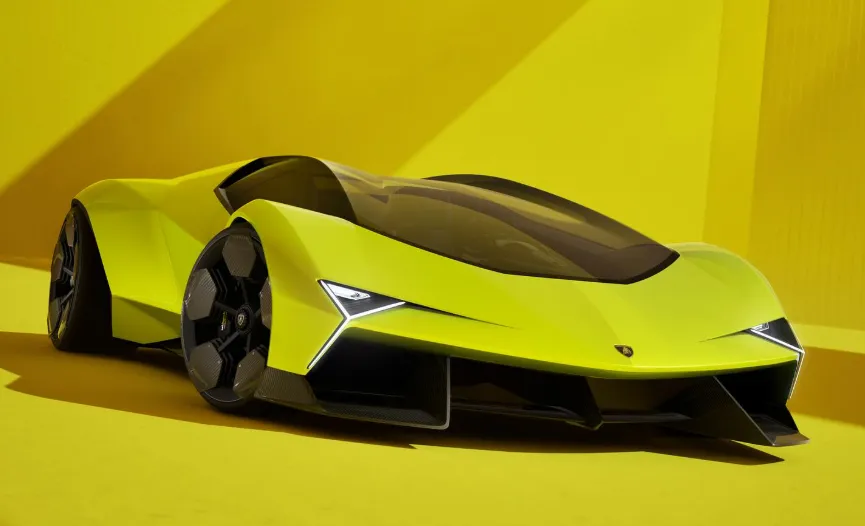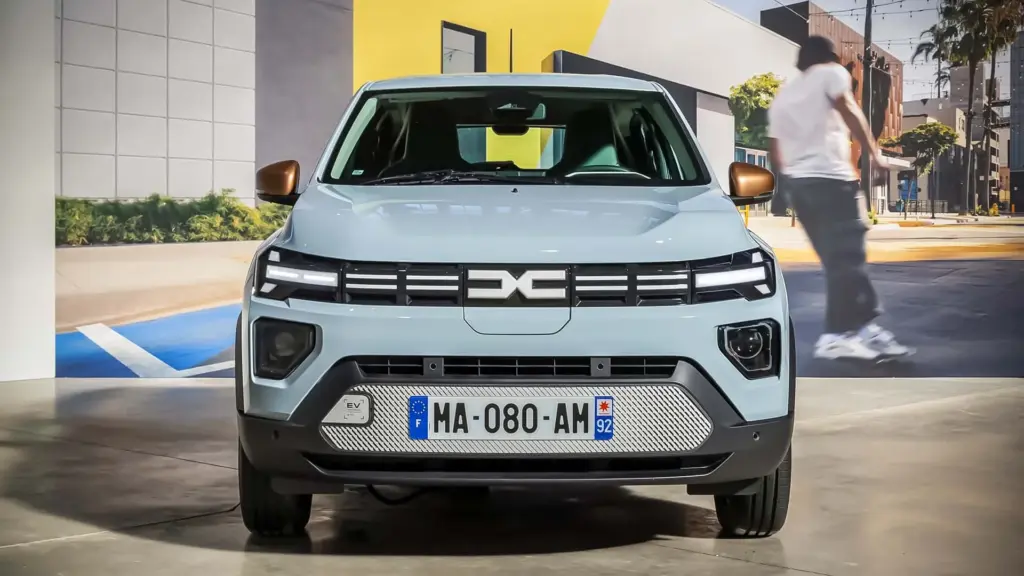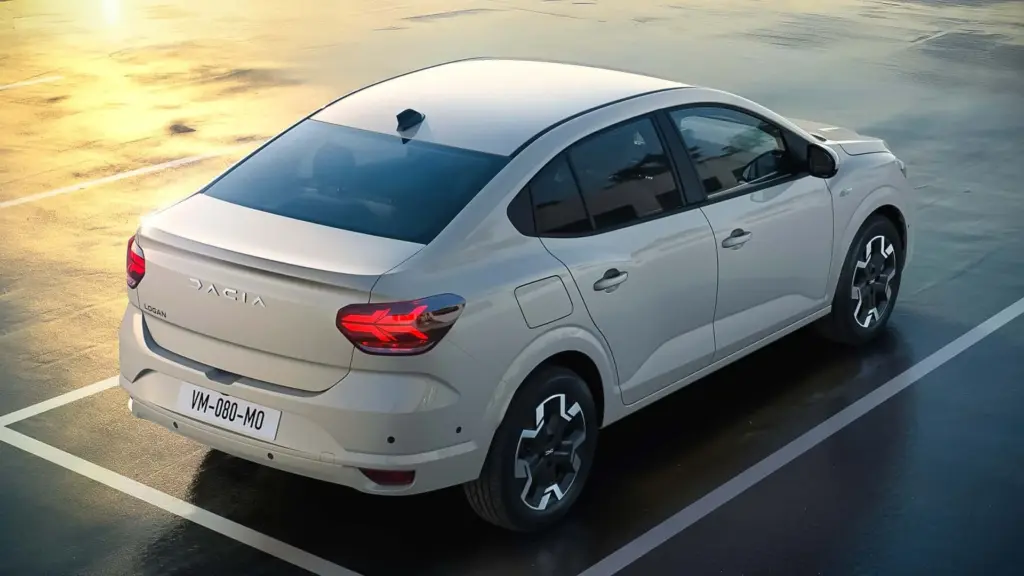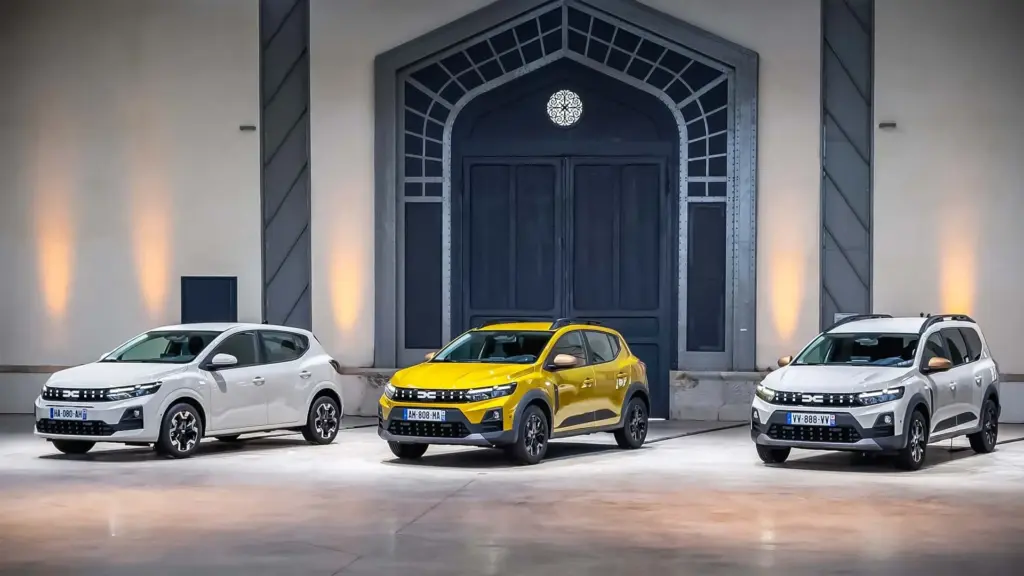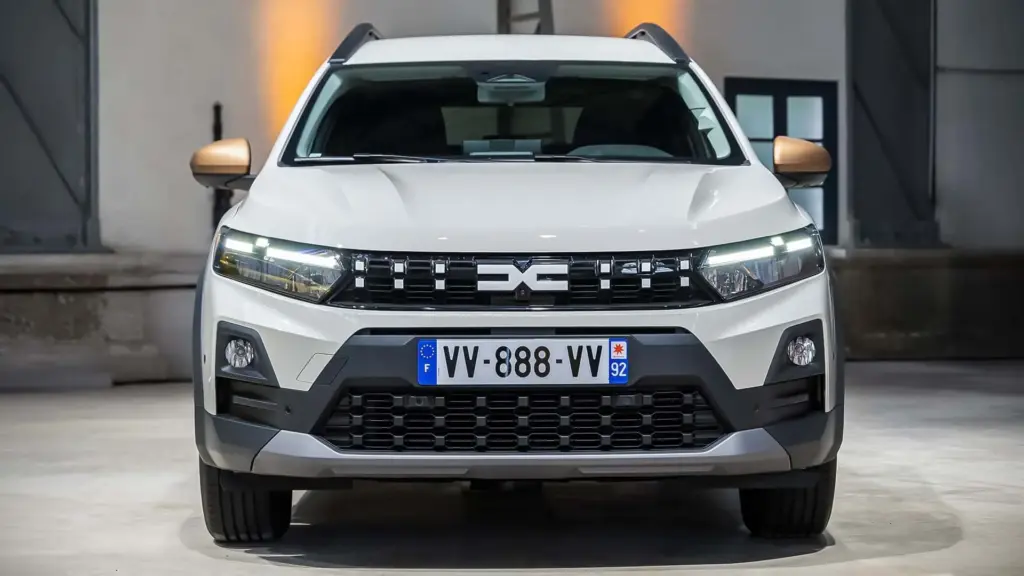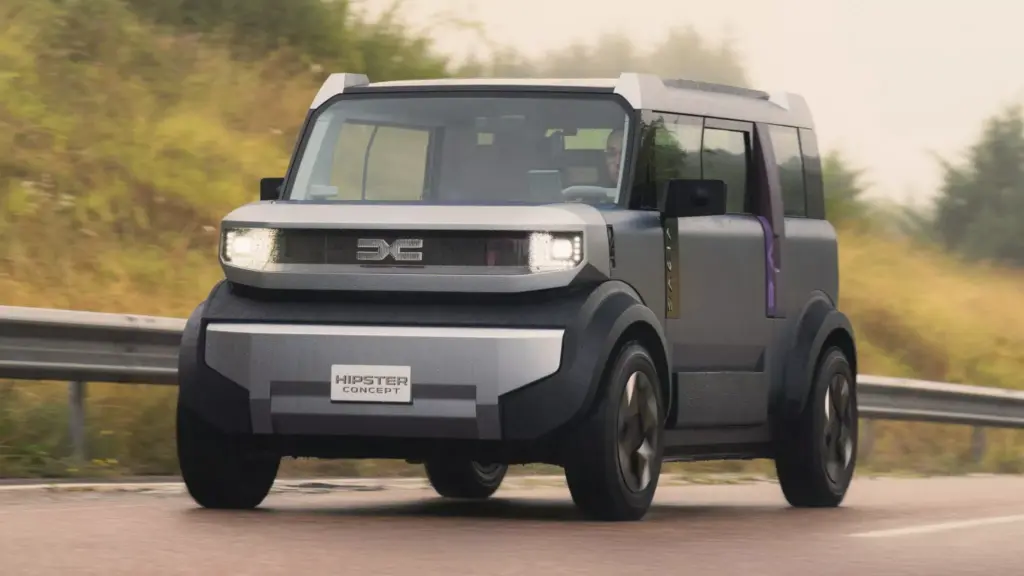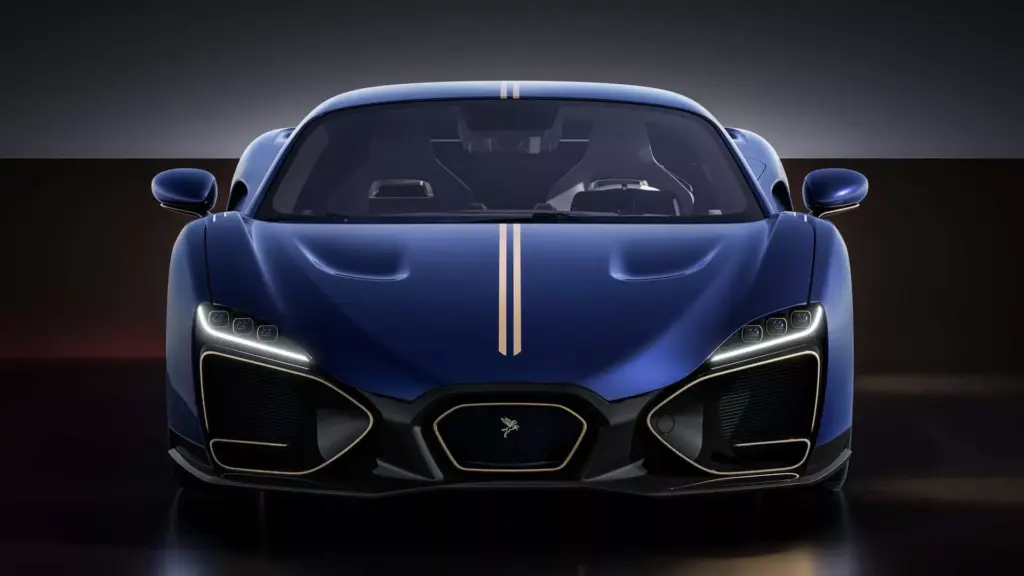It’s time to dissect Kawasaki’s latest star in the sport touring segment! The 2025 Ninja 1100SX arrives to replace the well-established 1000SX, promising more torque, technology, and comfort for long journeys. But does it really deliver on all these fronts? Let’s find out!
Revamped Heart: The Ninja 1100SX Engine
The major update lies beneath the fairing. Kawasaki has increased the engine displacement of the inline-four cylinder motor from 1,043 cc to 1,099 cc. However, this enhancement isn’t just about volume; it reflects a new philosophy: the piston stroke has been lengthened from 56 mm to 59 mm, while the bore remains unchanged at 77 mm.
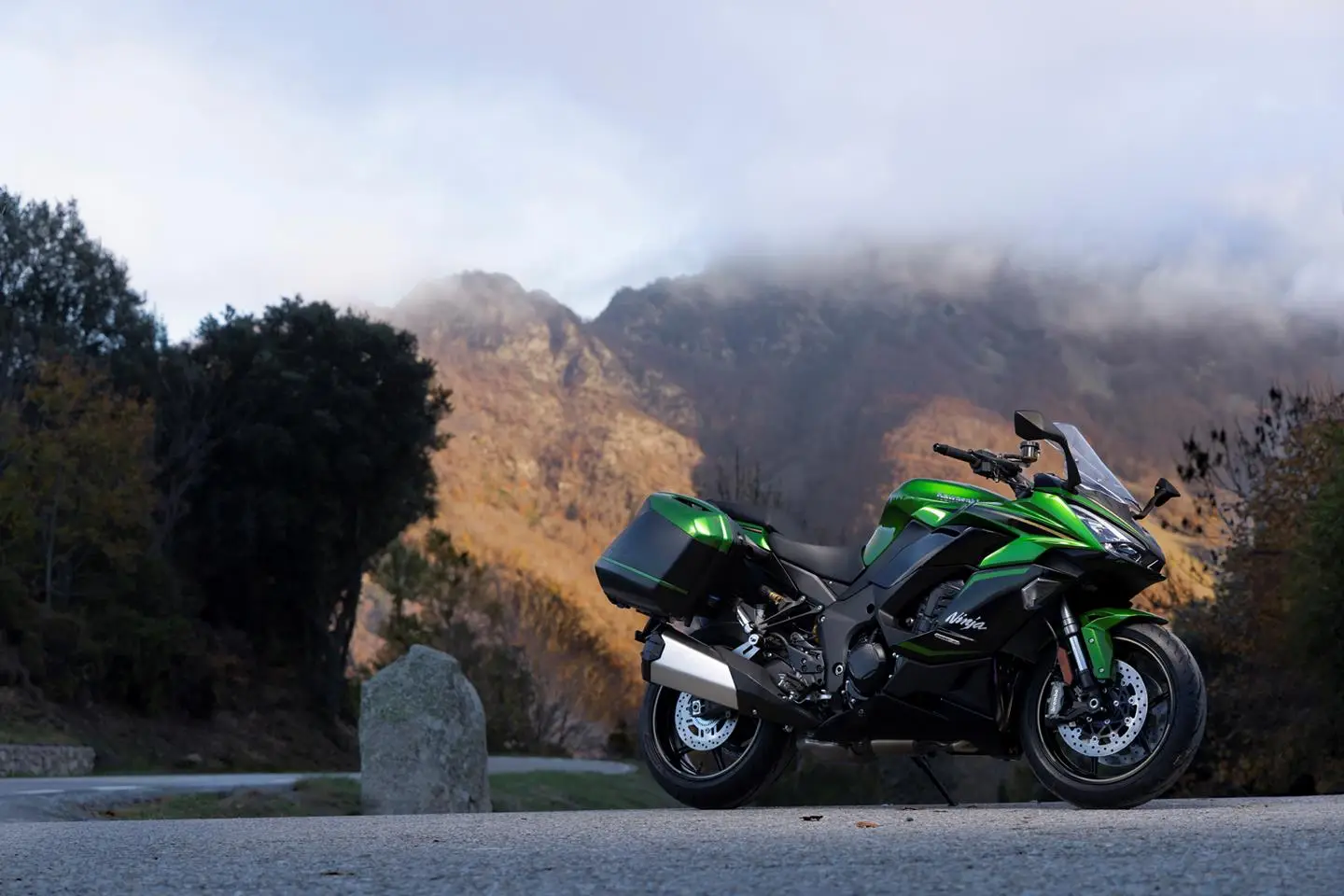
What does this mean in practice? Less “scream” at high RPMs and more “lung” at low and mid-range. The idea is to provide a smoother power delivery and a more pronounced torque exactly where you need it for everyday riding and touring, making for a more enjoyable and less frantic ride. The liquid cooling system and electronic fuel injection with 38 mm throttle bodies ensure efficiency and precise throttle response.
Engine Specifications
- Type: 4-stroke, inline 4-cylinder
- Cooling: Liquid
- Displacement: 1,099 cc
- Bore x Stroke: 77 mm x 59 mm
- Compression Ratio: 11.8:1
- Fuel System: Electronic Injection
Power vs Torque: Kawasaki’s New Formula
Here’s a point that has sparked some debate: the maximum power has decreased! Yes, the Ninja 1100SX delivers 134.1 horsepower at 9,000 RPM, whereas the 1000SX topped out at 140.1 horsepower at 10,000 RPM. “How can there be less power?” you might ask. The answer lies in Kawasaki’s strategy: focusing on torque and usability instead.
The peak torque has increased slightly to 113 Nm (up from 111 Nm) and, more importantly, it arrives earlier, at 7,600 RPM (compared to 8,000 RPM previously). This, combined with the longer stroke and adjustments to the ECU (Electronic Control Unit) and a new secondary balancer, results in a motorcycle that is more robust during acceleration, more comfortable for long rides, and with fewer unwanted vibrations. It’s a shift from raw power to usable strength and refinement.
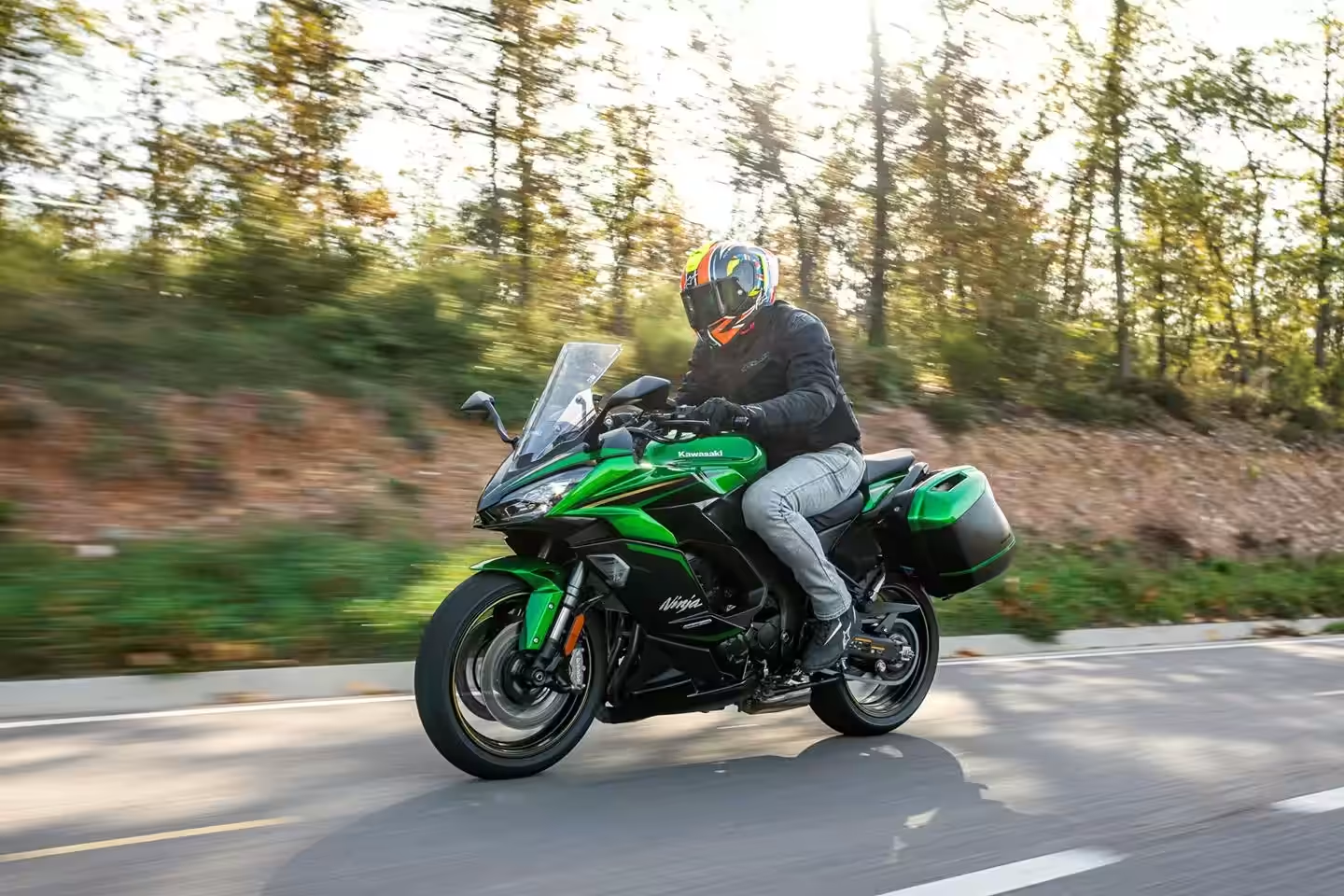
Performance Comparison
| Specification | Ninja 1100SX (2025) | Ninja 1000SX |
|---|---|---|
| Max Power | 134.1 hp @ 9,000 RPM | 140.1 hp @ 10,000 RPM |
| Max Torque | 113 Nm @ 7,600 RPM | 111 Nm @ 8,000 RPM |
| Main Focus | Torque at low/mid range | Power at high RPM |
Two Faces of the Same Coin: Available Versions
Kawasaki offers the Ninja 1100SX in two variants to cater to different budgets and needs. Both share the same engine and robust electronic package but differ in key suspension and brake components.
The base version comes well-equipped, so don’t be misled. The SE version adds that premium “spice” that makes your eyes shine (and your wallet feel a little lighter). Your choice will depend on how refined you want your two-wheel experience to be.
Differences Between Versions
- Ninja 1100SX ABS:
- Suspension: KYB (front/rear)
- Brakes: Standard Kawasaki/Nissin
- Features: Full electronic package
- Weight: 524 lbs (ready to ride)
- Ninja 1100SX SE ABS:
- Rear Suspension: Öhlins S46
- Front Brakes: Brembo M4.32 + Brembo Master Cylinder
- Brake Lines: Braided steel
- Finishes: Superior quality
- Features: Identical to standard
Technology and Comfort: Allies of the Traveler
A modern sport touring bike is not just about the engine. The Ninja 1100SX is loaded with technology to enhance the rider’s experience and increase safety. The package includes traction control (KTRC) with multiple levels, riding modes (Sport, Road, Rain, and customizable Rider mode) that adjust power delivery and traction control intervention, along with the essential ABS.
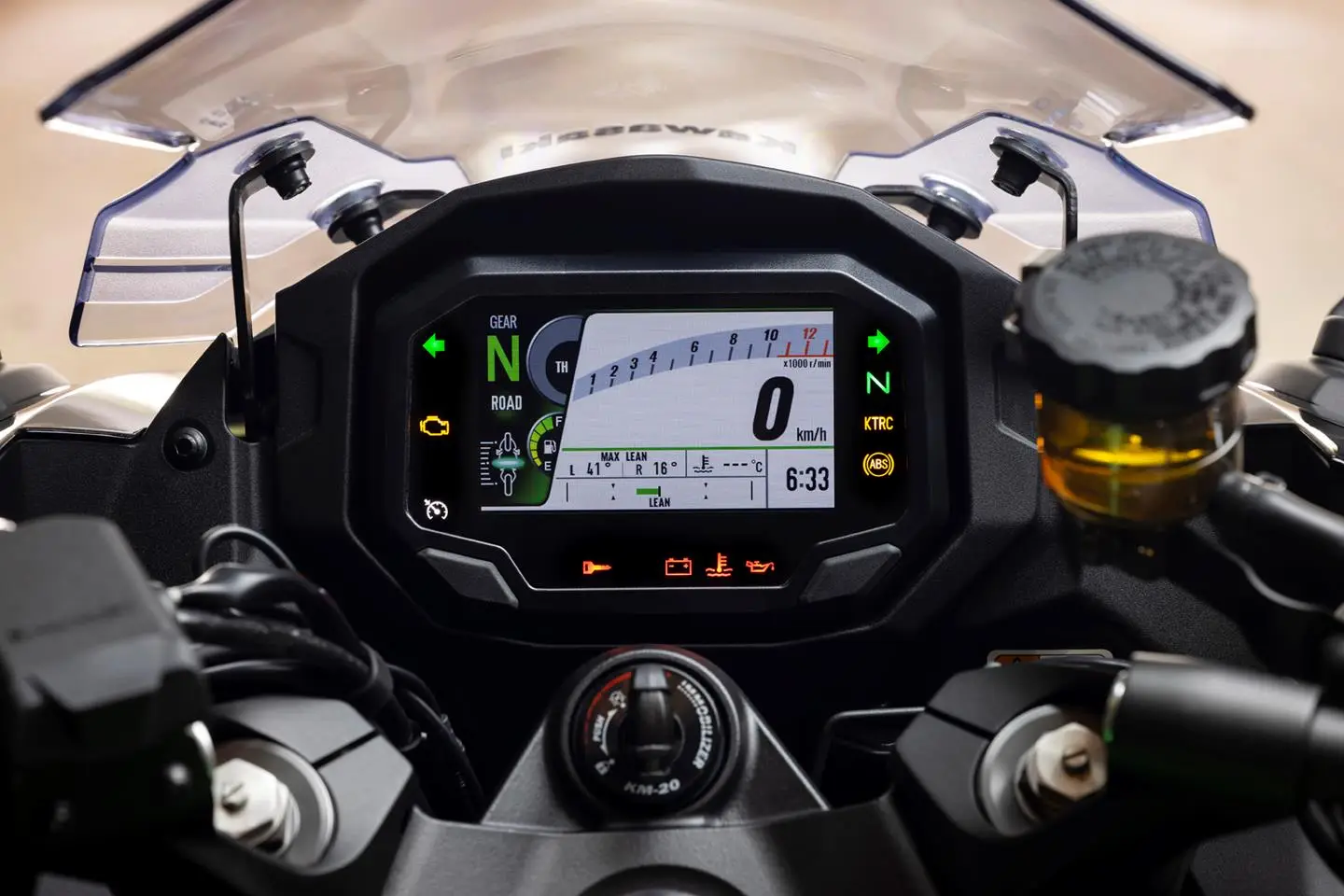
For long distances, the electronic cruise control is a relief. Smartphone connectivity through the Rideology app, now with voice command, allows you to manage calls, music, and retrieve trip data. The 6-speed transmission features an enhanced bidirectional quickshifter (KQS) that operates smoothly from 1,500 RPM, enabling gear shifts without using the clutch. Speaking of the clutch, it’s now assistive and slipper, making actuation light and preventing rear wheel lock-up during hard downshifts. Bridgestone Battlax Hypersport S23 tires and a 5-gallon tank complete the package designed for long mile munching.
Ergonomics: The Achilles’ Heel?
Now things get interesting. The Ninja 1100SX has a seat height of 32.1 inches, which is considered accessible for average-height riders (roughly between 5’7″ and 6’1″). The seat is noted as comfortable, with good cold resistance and flexibility. The clutch lever has 5 adjustable positions. And… well, that’s pretty much it for factory adjustments related to ergonomics.
There are no height adjustments for the seat, handlebars, or footpegs. This raises an eyebrow: Did Kawasaki think of everyone? Shorter riders might have difficulty securely placing their feet on the ground, while taller riders may find their legs overly bent or arms too stretched on long trips. It seems Kawa designed the bike for the “standard rider,” whoever that may be.
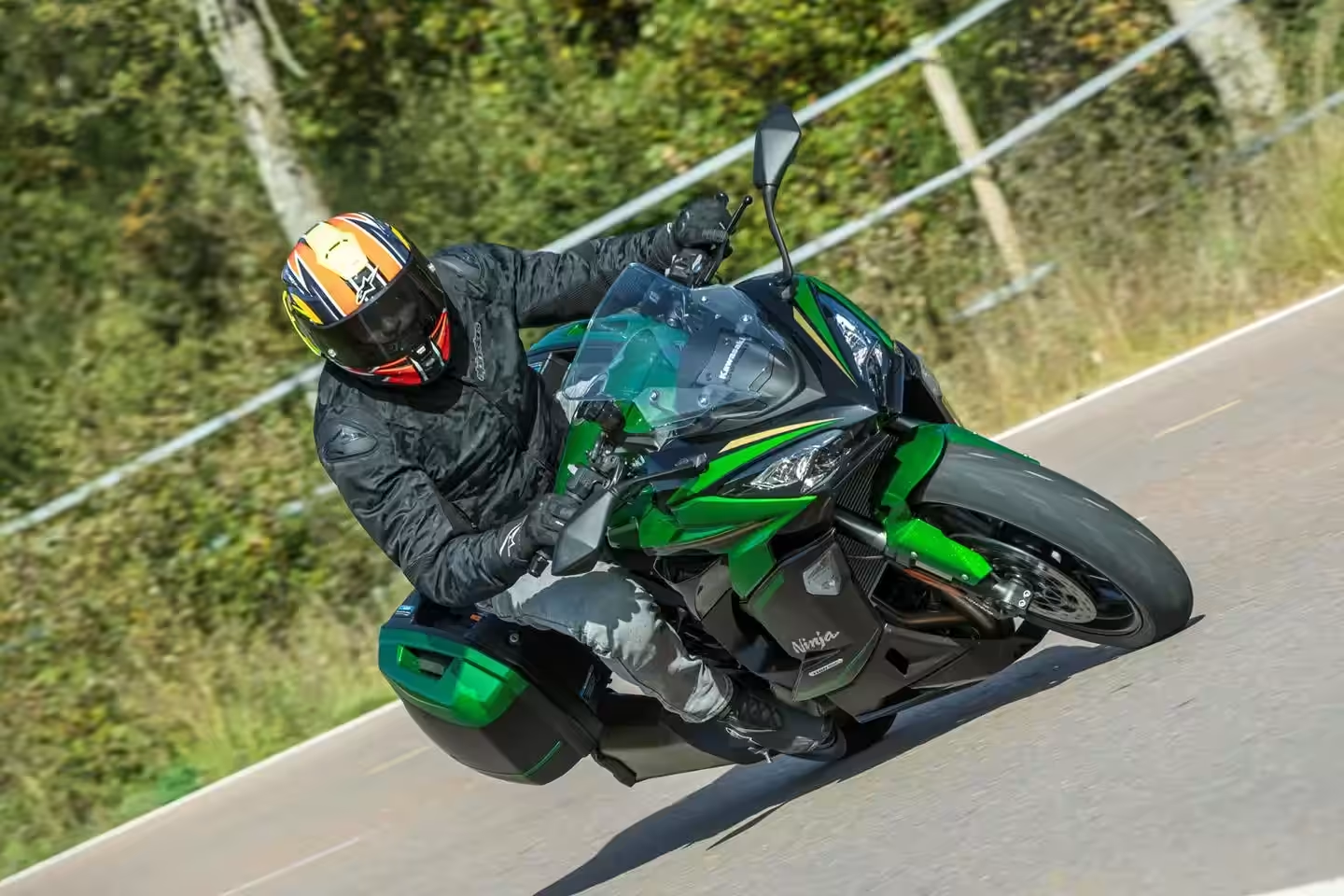
Factory Ergonomic Adjustments
- Seat Height: 32.1 inches (fixed)
- Handlebar Adjustment: Not available
- Footpeg Adjustment: Not available
- Clutch Lever Adjustment: 5 positions
Adjustable Suspension: Relief for Weight (But Not Height)
At least with the suspension, Kawasaki has put thought into adjustments. The 41 mm KYB inverted front fork (on both standard and SE versions) allows for spring preload, compression, and rebound adjustments. In the rear, the standard version uses a KYB shock while the SE flaunts an Öhlins S46, both featuring remote preload adjustment and rebound settings.
These adjustments are great for tailoring the bike to the weight of the rider, passenger, and luggage, ensuring stability and comfort under varying conditions. However, it’s crucial to understand: these adjustments relate to *weight*, not the *height* of the rider. Adjusting the preload won’t magically lower or raise the bike to fit your stature.
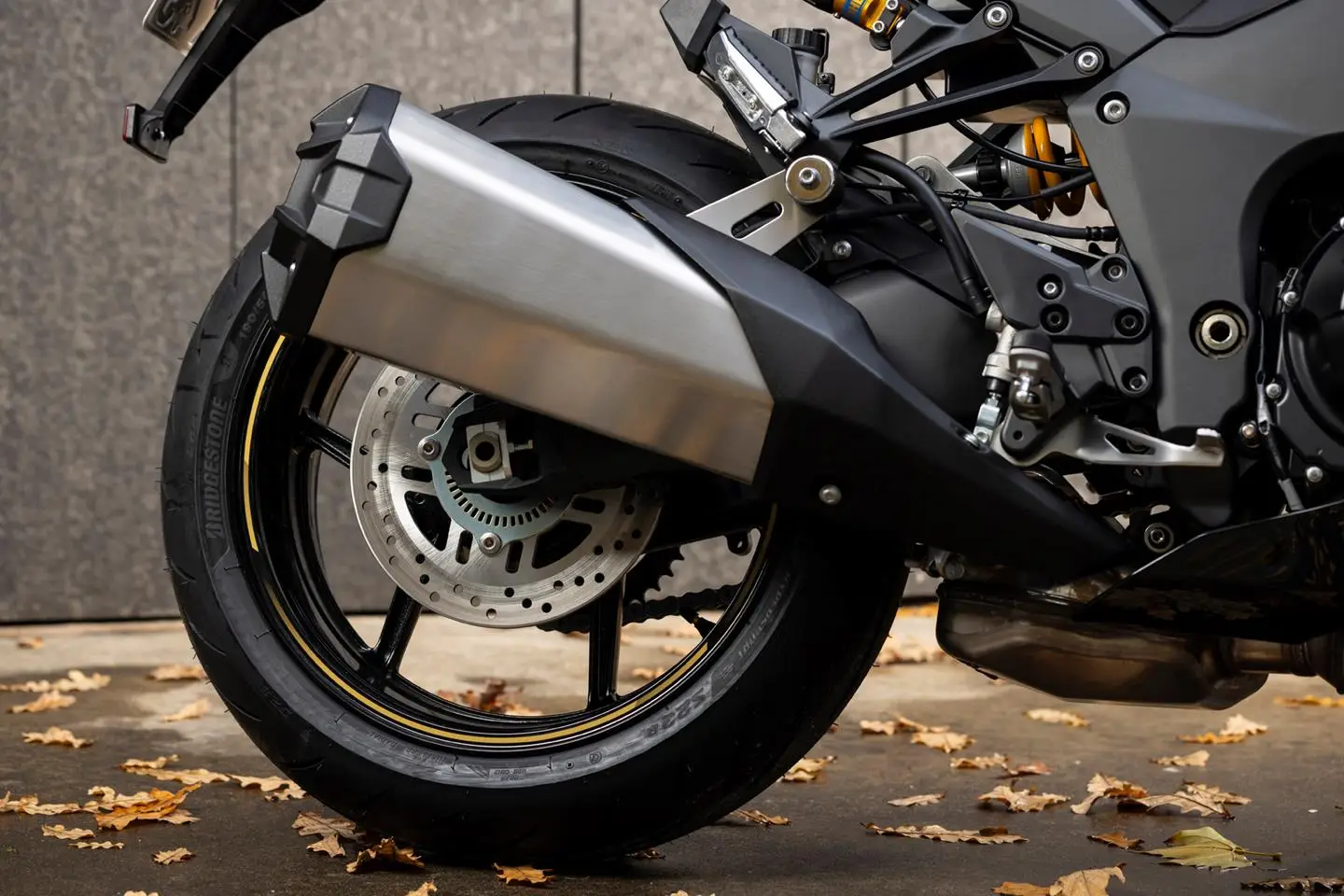
Suspension Details
| Component | Details (Standard / SE) | Adjustments |
|---|---|---|
| Front Suspension | KYB 41 mm inverted fork | Preload, Compression, Rebound |
| Front Travel | 4.7 inches | N/A |
| Rear Suspension | KYB / Öhlins S46 (SE) | Remote Preload, Rebound |
| Rear Travel | 5.4 inches | N/A |
The Aftermarket World Awaits (And So Does Your Wallet)
Given the limited factory ergonomic adjustments, it’s almost certain that riders outside the “average” range will need to explore aftermarket accessories. Based on experiences with the Ninja 1000SX and other sport tourers, the quest for extra comfort commonly involves:
Handlebar risers for a more upright position, lowered or adjustable footpegs for more legroom, and perhaps even custom seats (lower or higher). Brands like Murph’s Kits, SW-Motech, Givi, and others are likely already eyeing this niche. Prepare your budget, as customization comes at a cost!
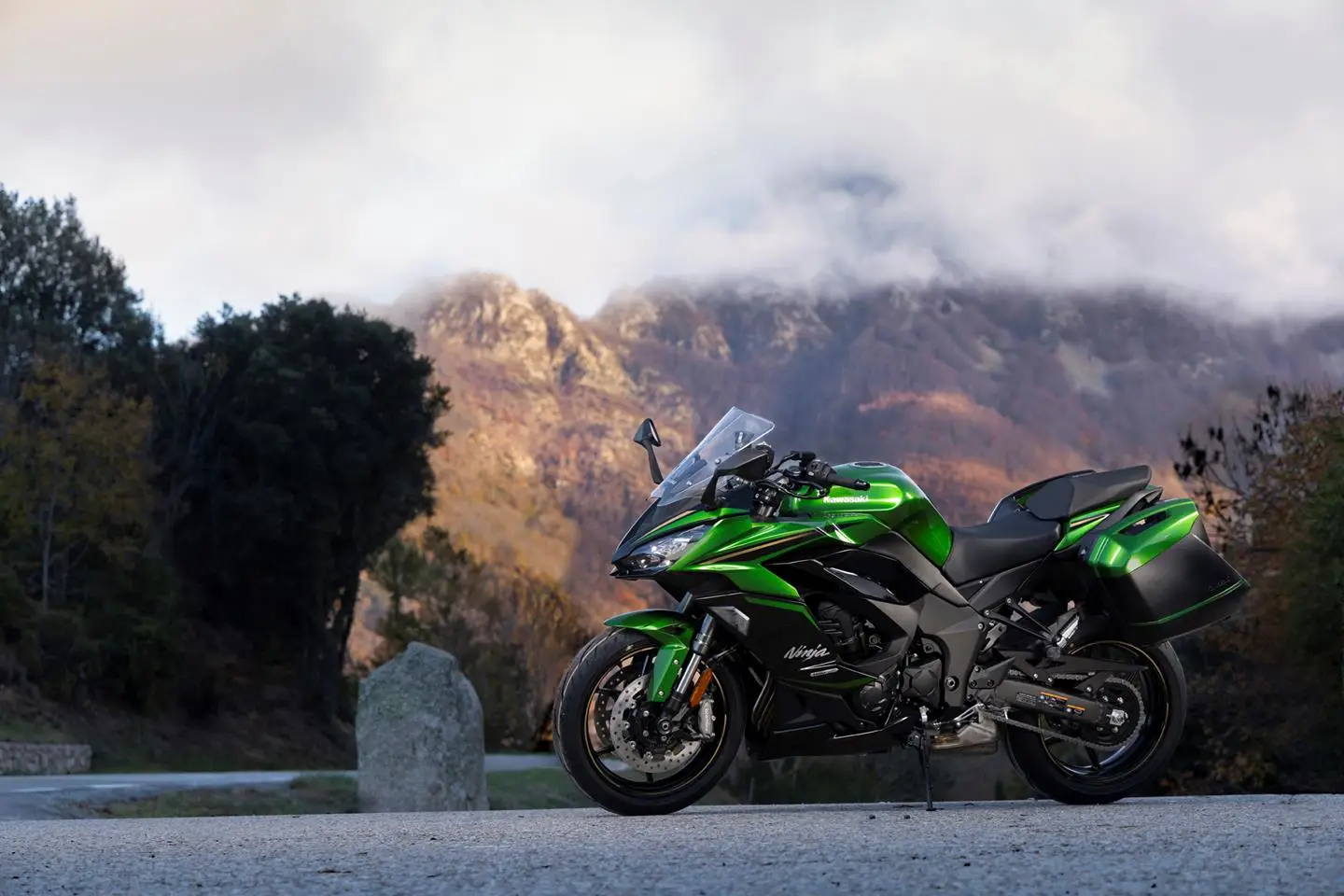
Frequently Asked Questions (FAQ)
Common Questions About the Ninja 1100SX
- What is the main change from the Ninja 1100SX to the 1000SX?
The larger engine (1,099 cc) focused on low to mid-range torque, resulting in a smoother power delivery despite a slight reduction in maximum power. - Is the Ninja 1100SX suitable for shorter or taller riders?
The seat height of 32.1 inches is average. The lack of factory adjustments for the seat, handlebars, and footpegs may require aftermarket accessories for ideal comfort outside the average height range. - Is it worth paying more for the SE version?
It depends on your needs. If you value the added refinement of the Öhlins rear suspension and the superior performance of the Brembo brakes, the SE may justify the investment. - Do I need to buy accessories for comfort?
For average-height riders, perhaps not. However, for shorter or taller riders, especially on long trips, accessories like handlebar risers and adjustable footpegs are highly recommended. - Is the lower power of the engine a step backward?
Not necessarily. It’s a philosophical shift prioritizing usability and comfort during trips (torque) over sheer performance at high RPMs (maximum power).
The 2025 Kawasaki Ninja 1100SX emerges as a refined evolution, focusing on making the sport touring experience more enjoyable and versatile. The reworked engine for better torque, the comprehensive technology package, and the available versions are strong points. However, the absence of factory ergonomic adjustments is a concern that may require additional investment for some riders. If you are looking for a powerful, comfortable, and tech-savvy machine to devour highways, it’s worth taking a test ride to see if it fits your body and riding style!
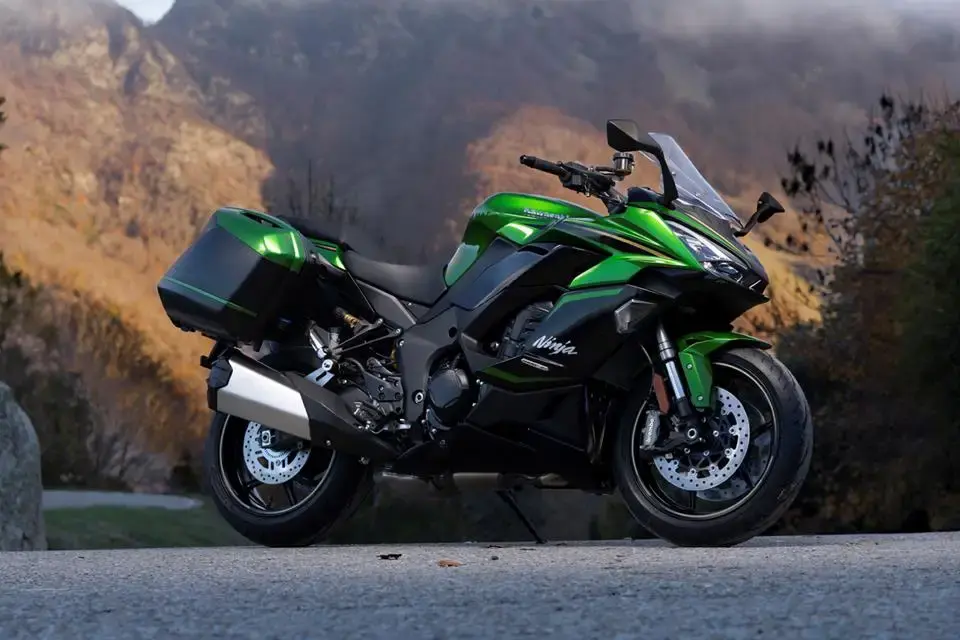


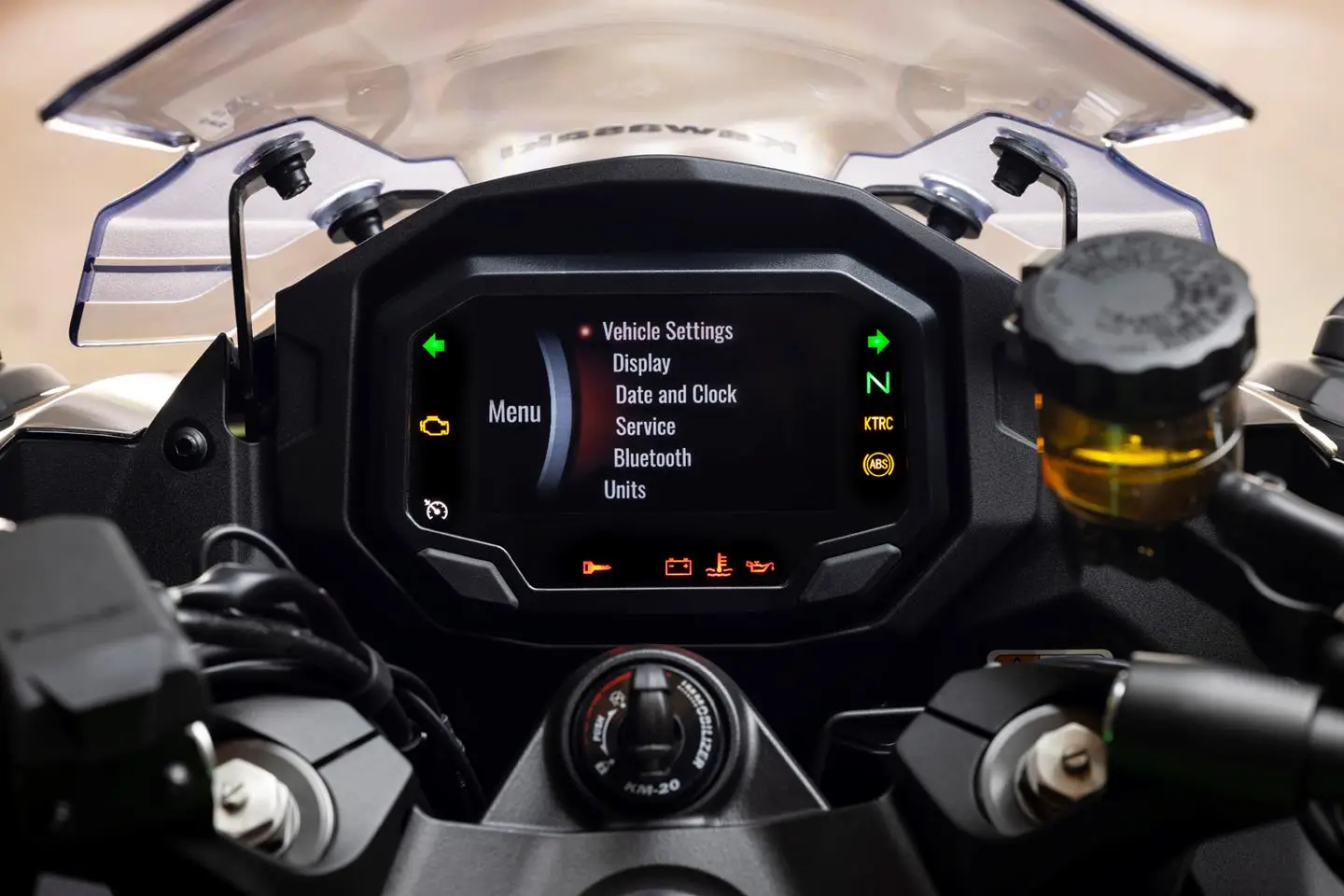
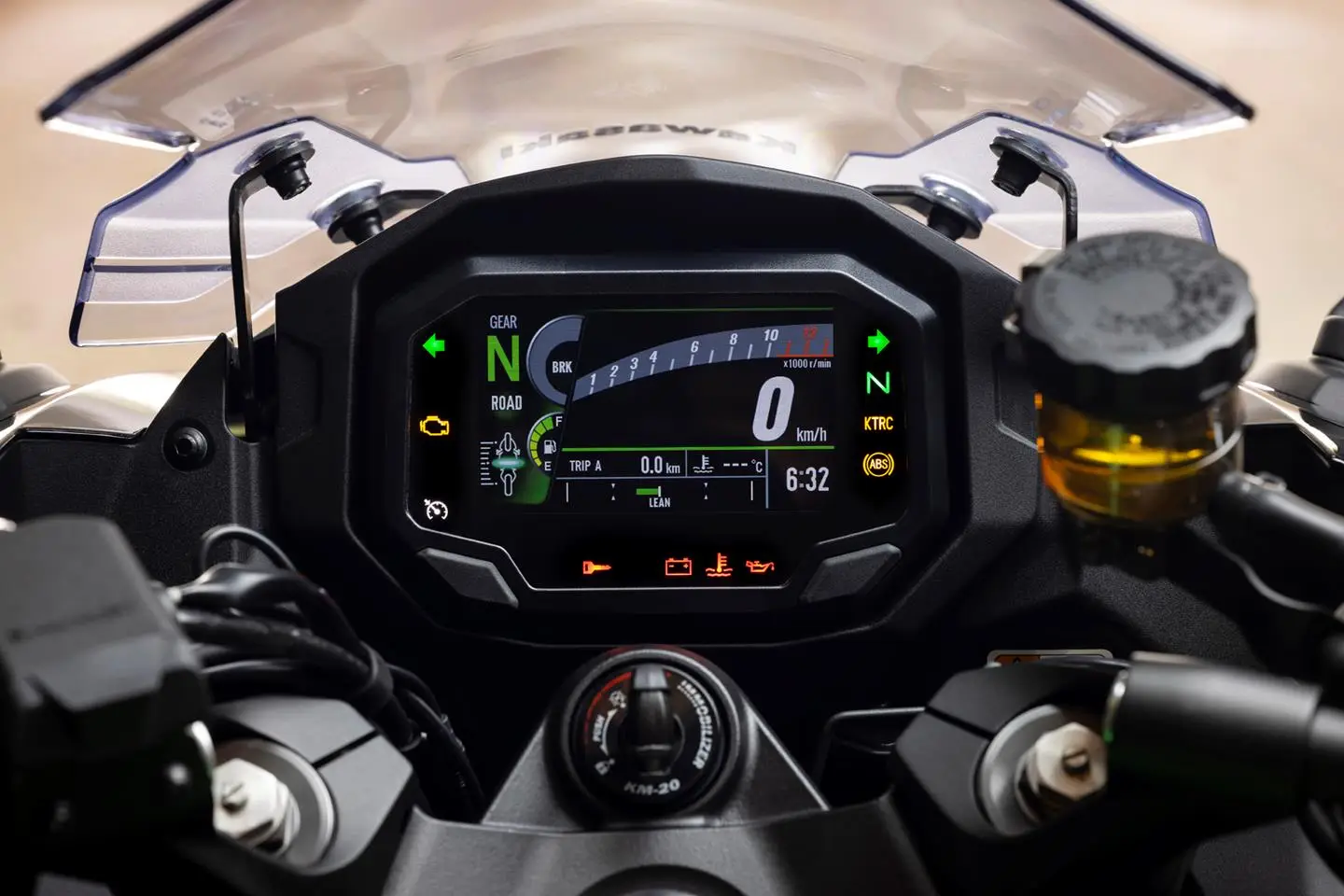

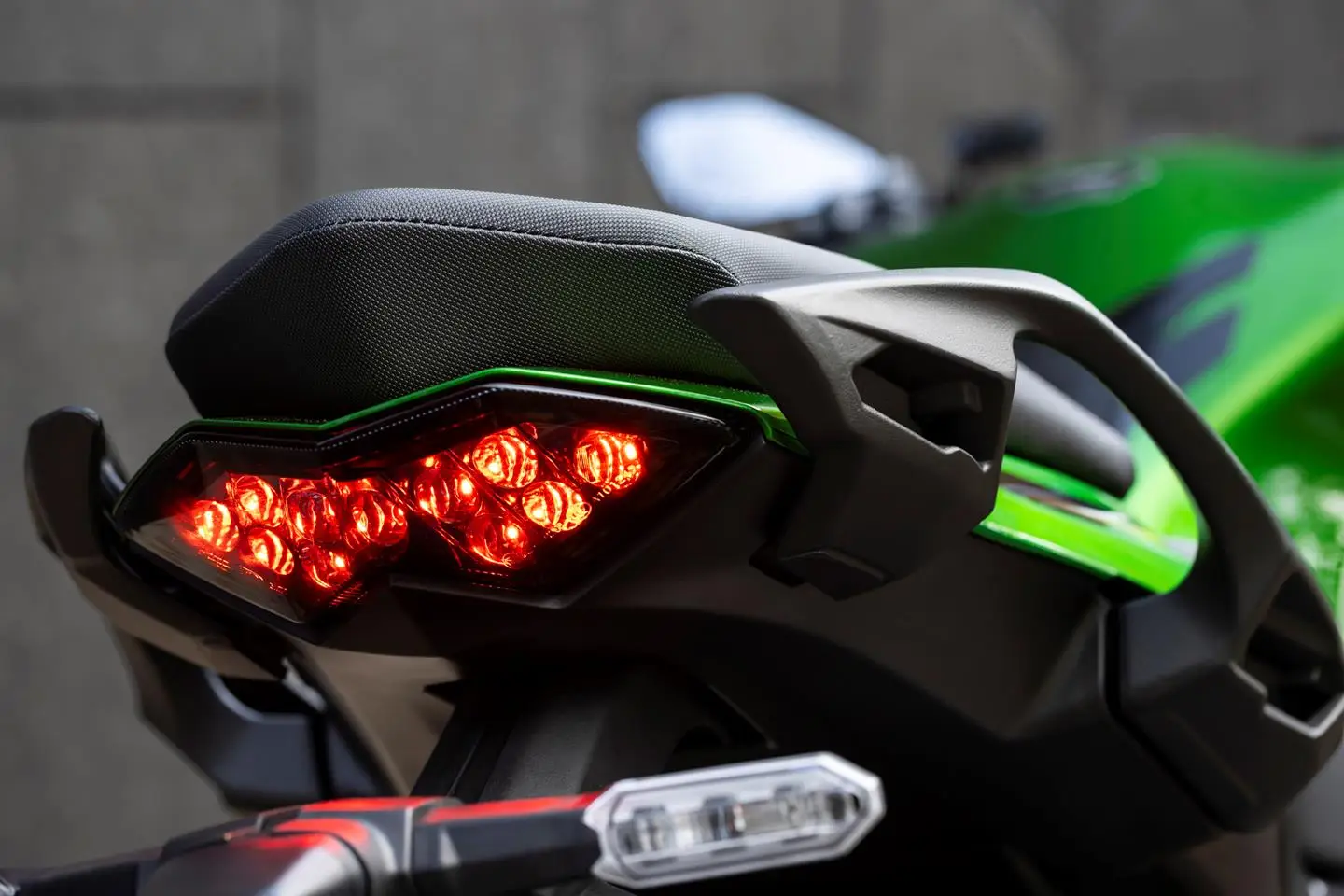
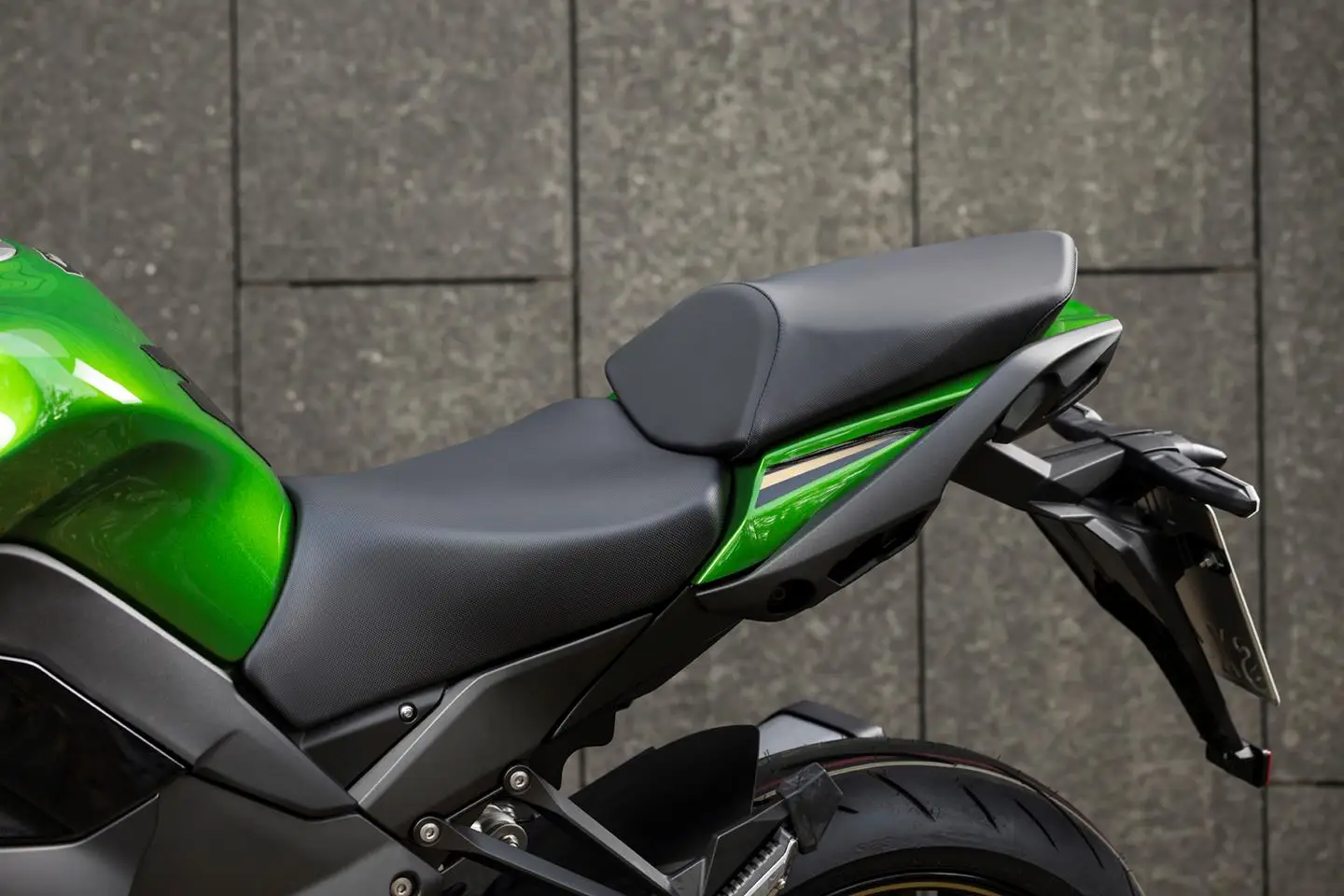
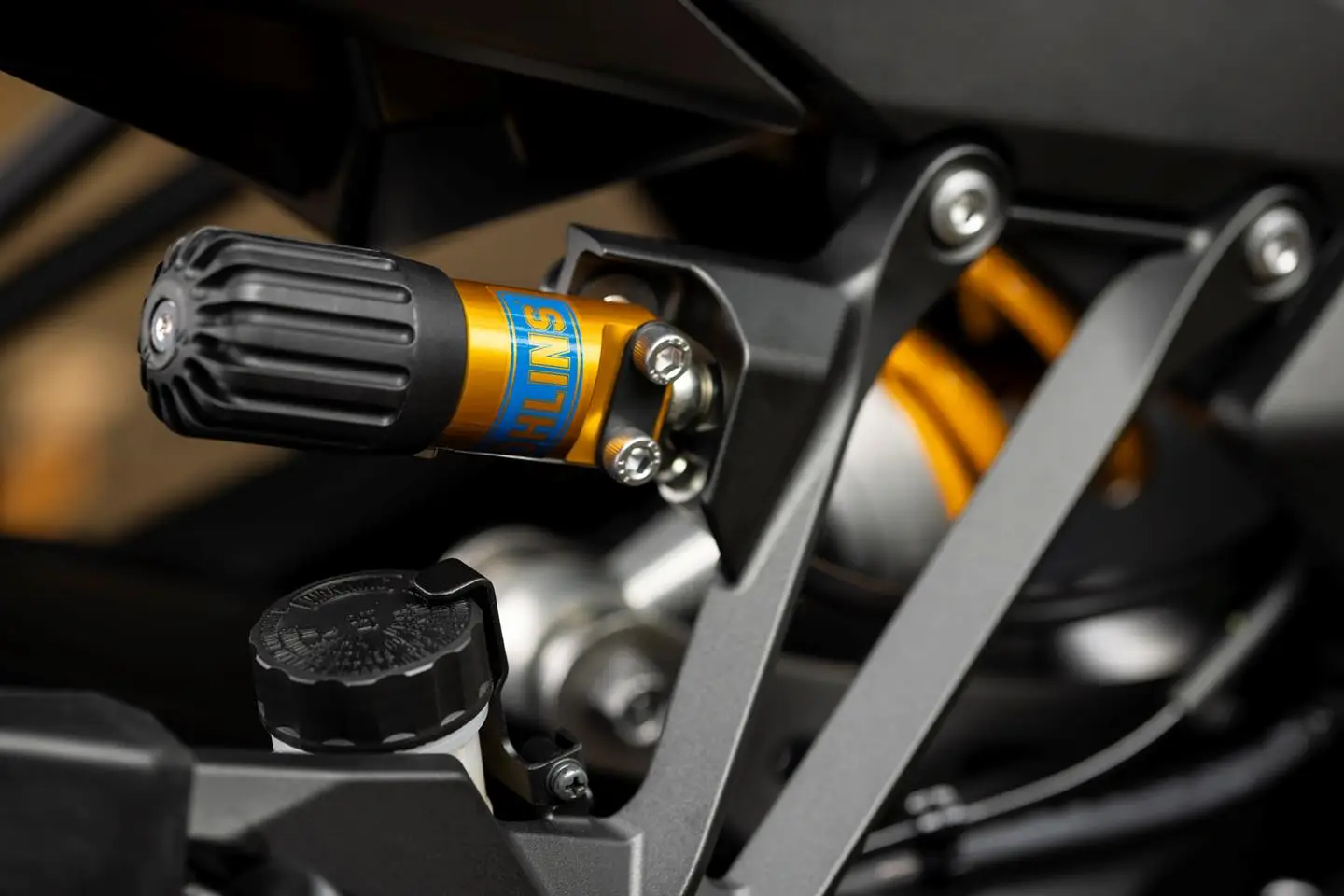
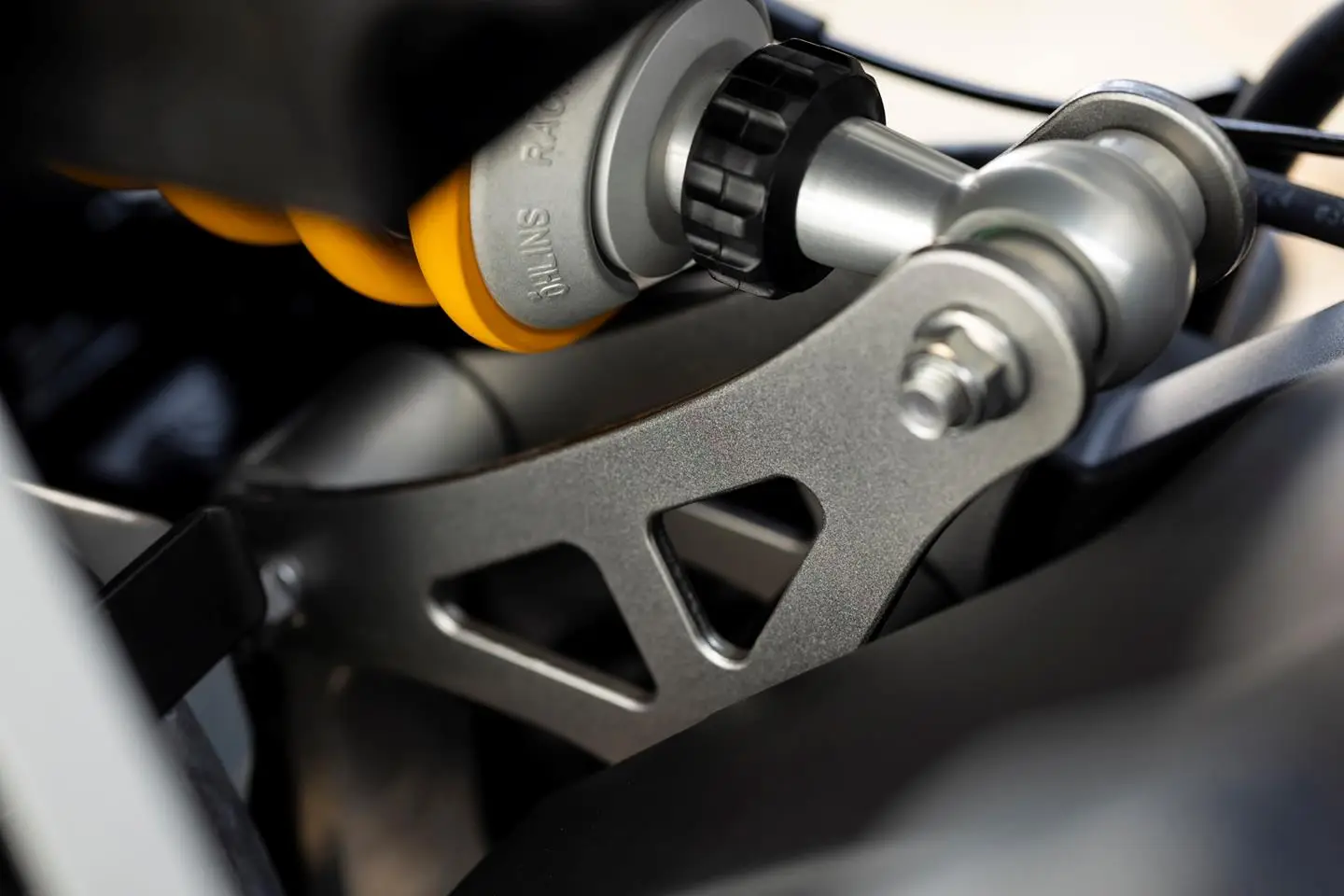
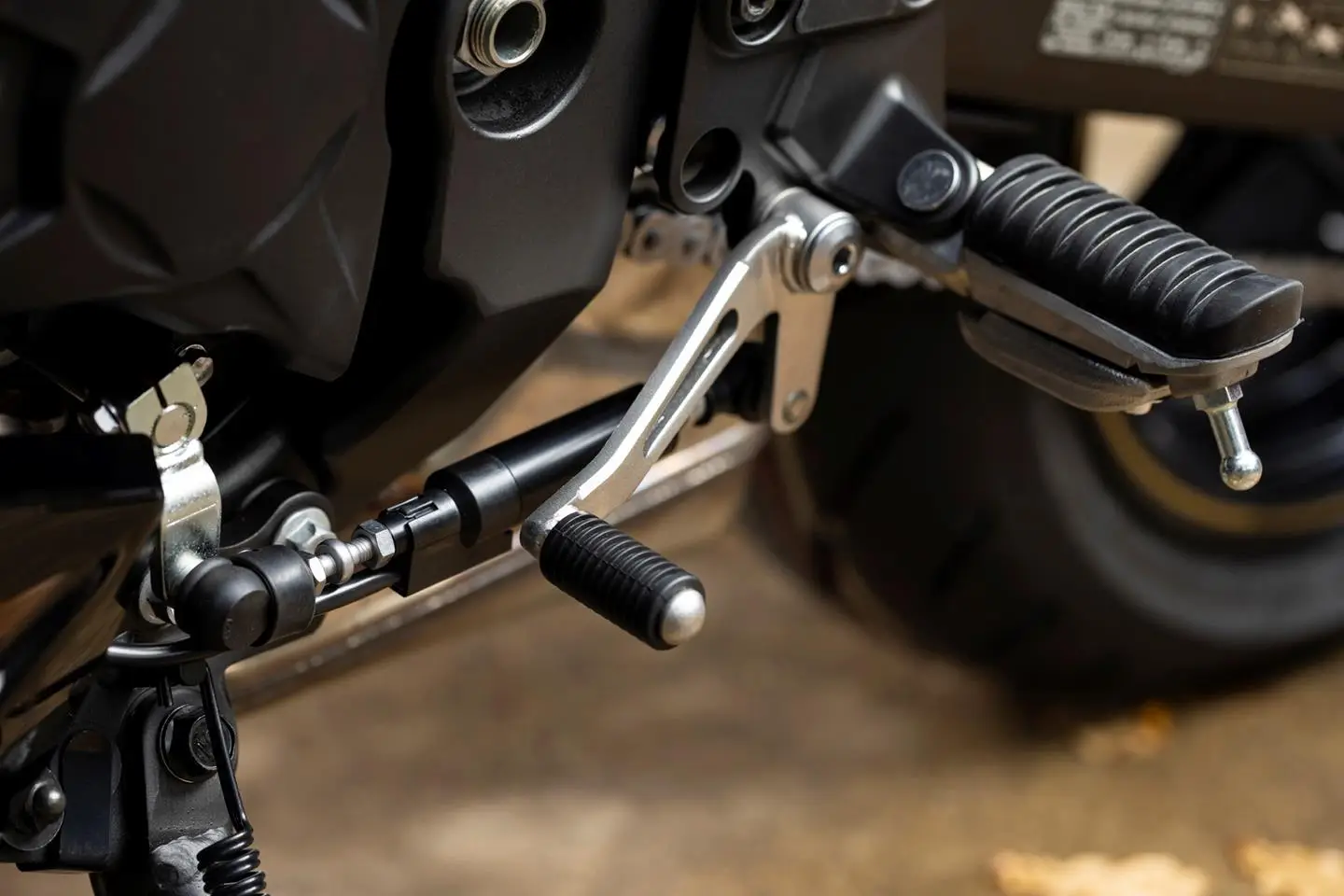

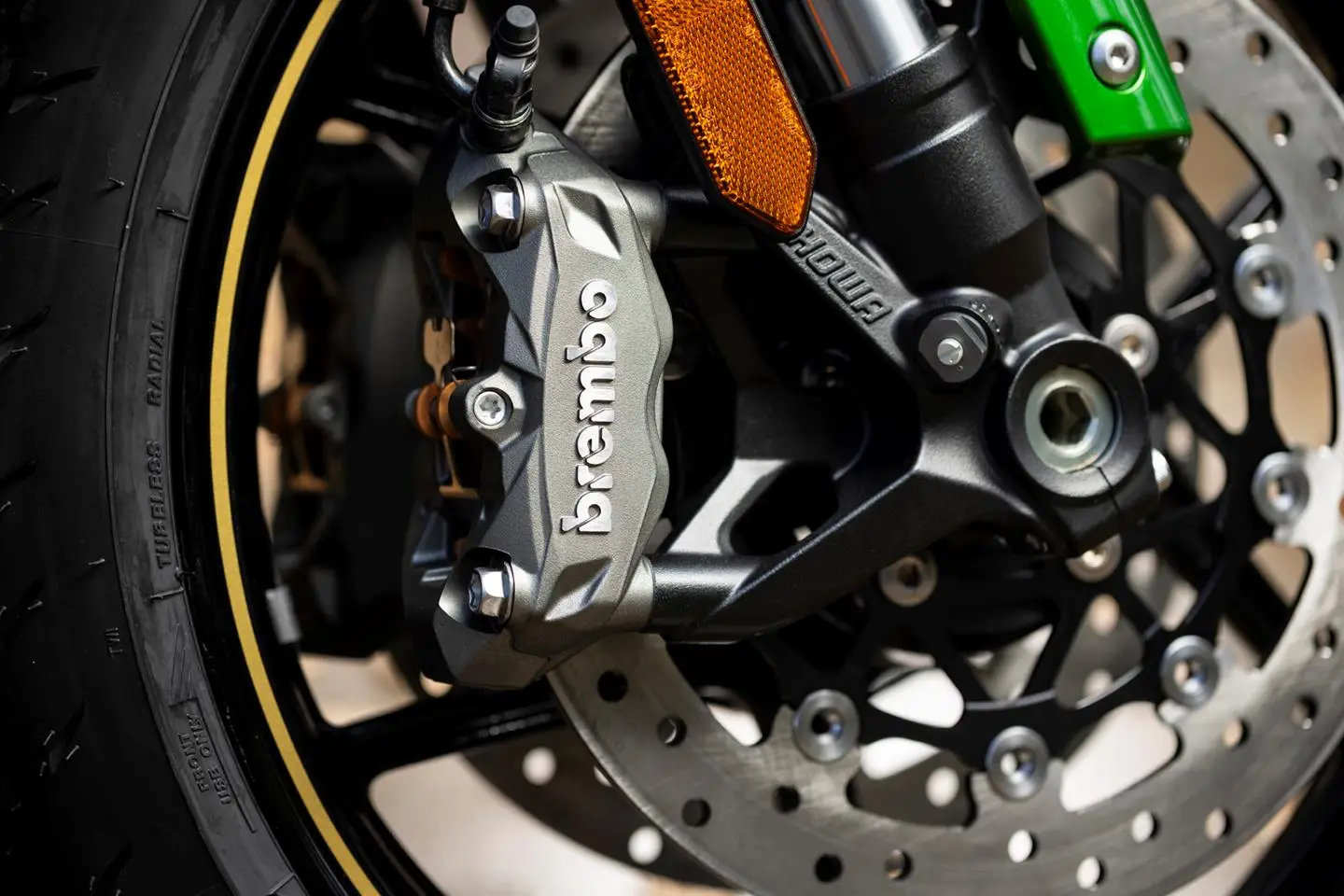
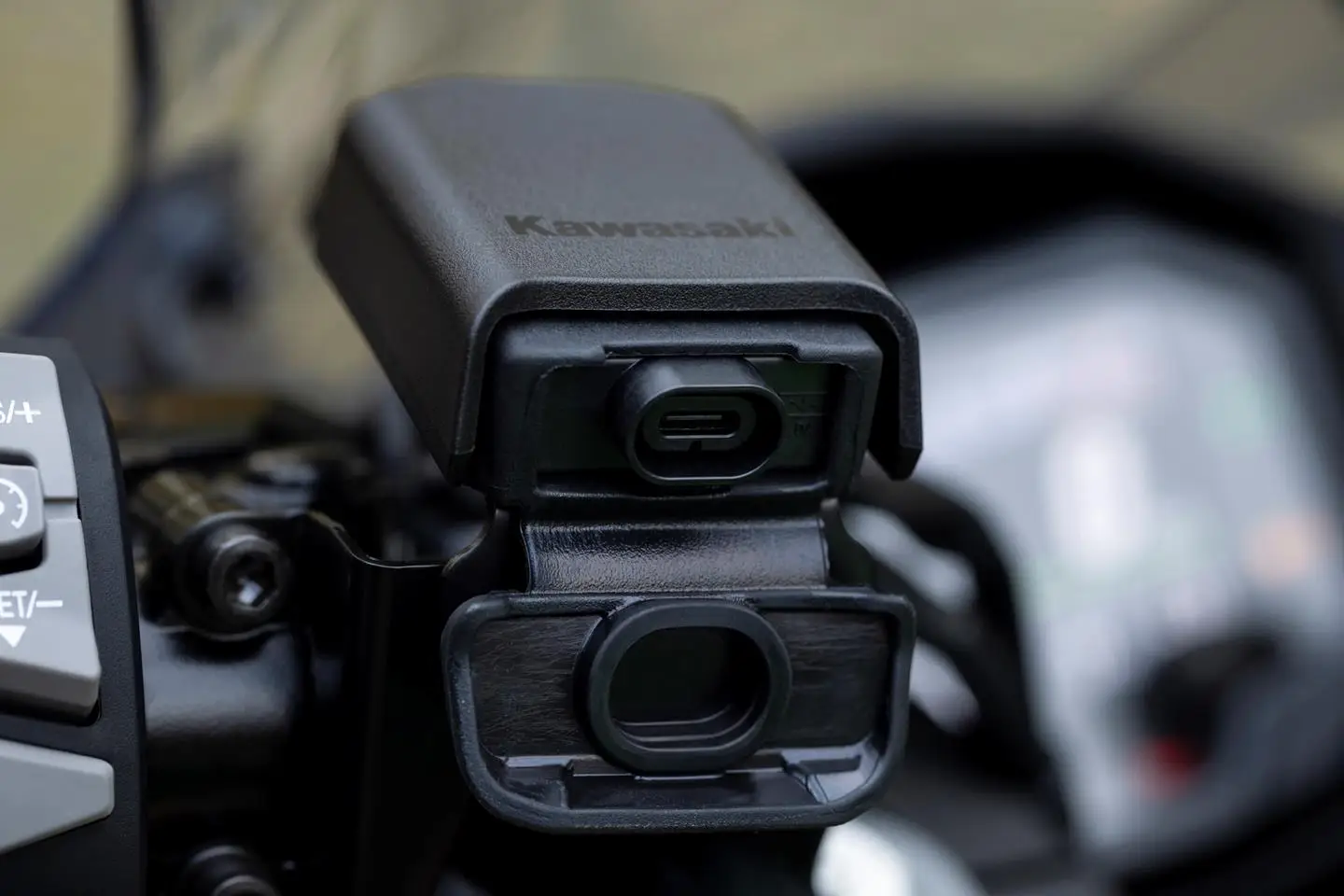
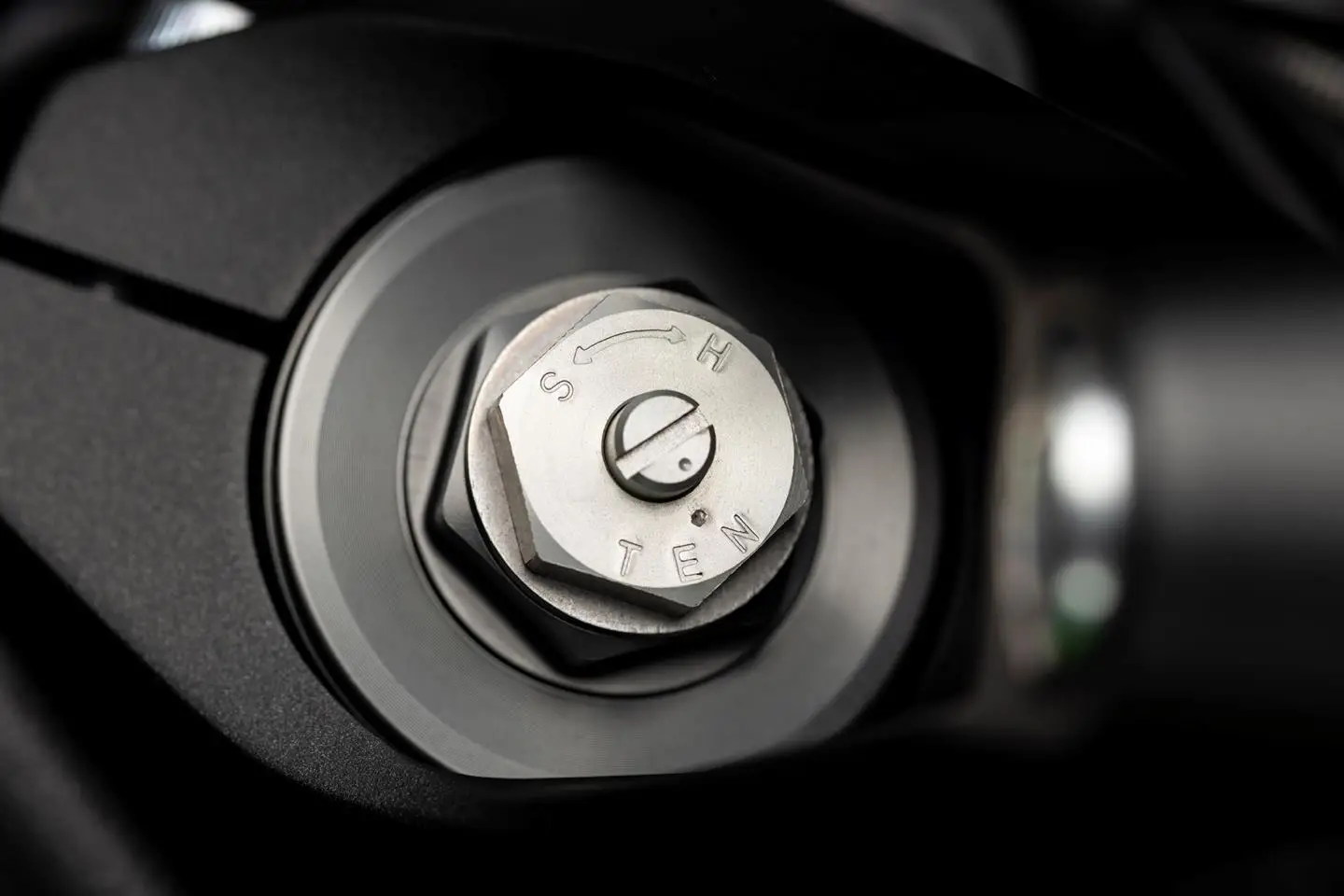
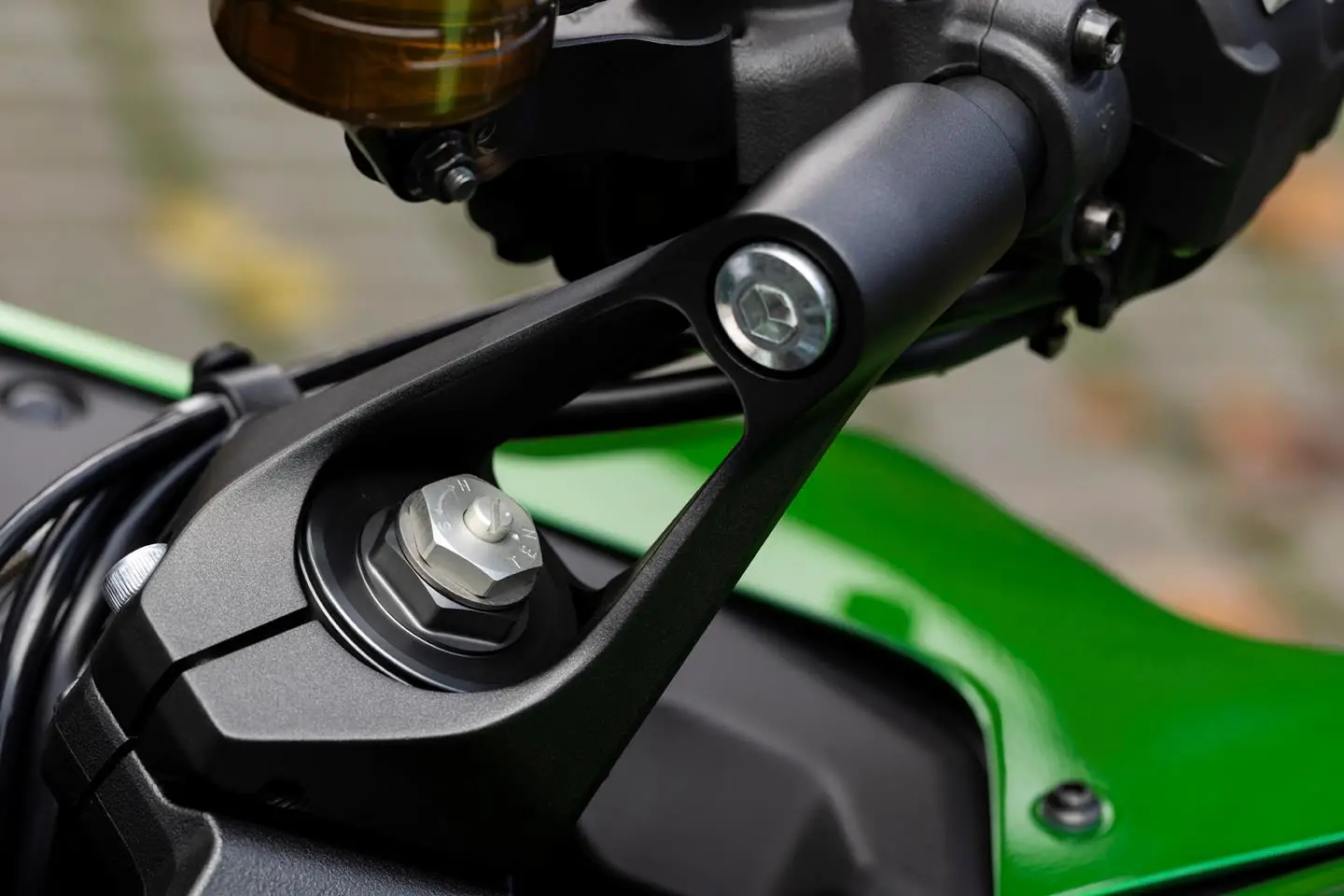
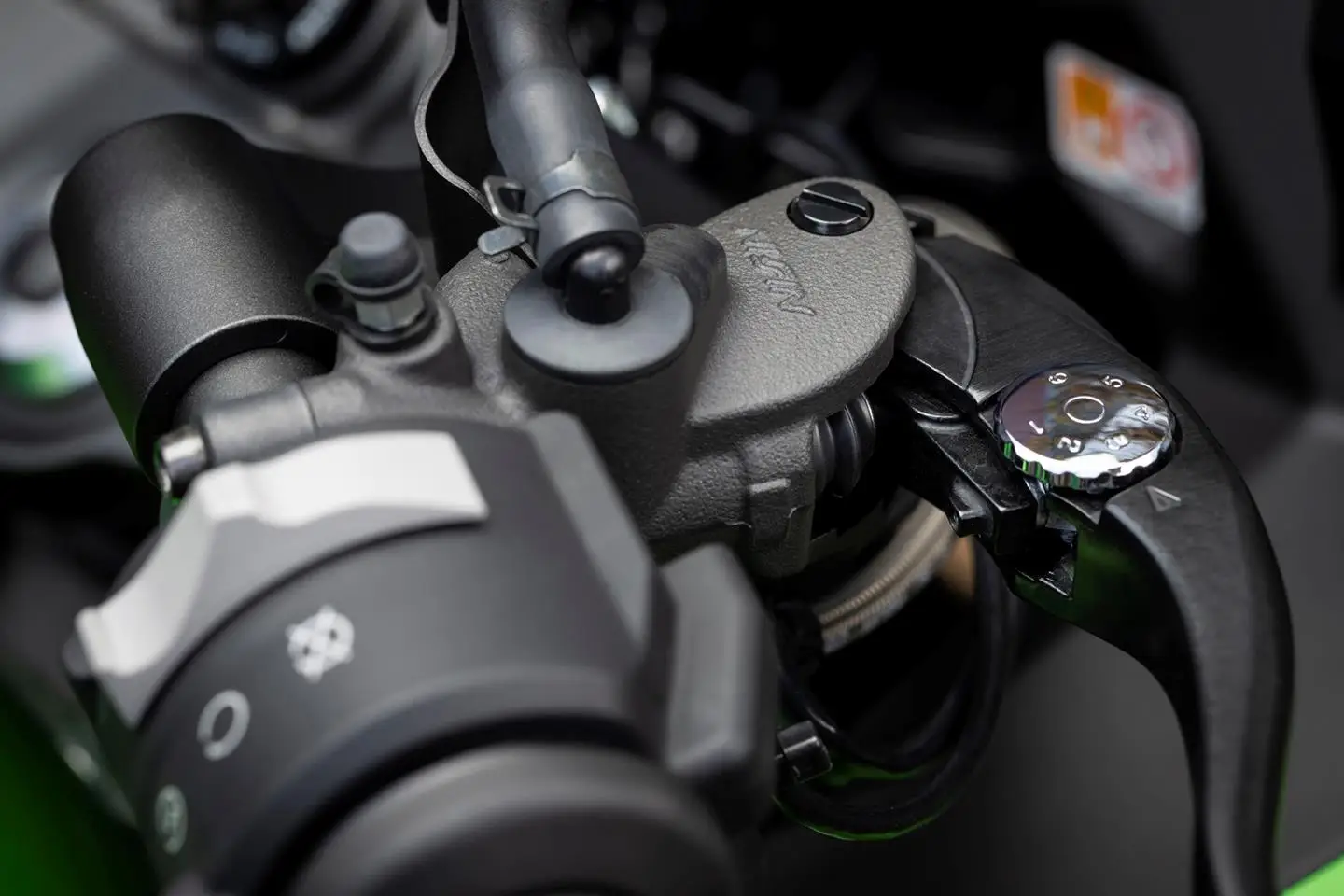
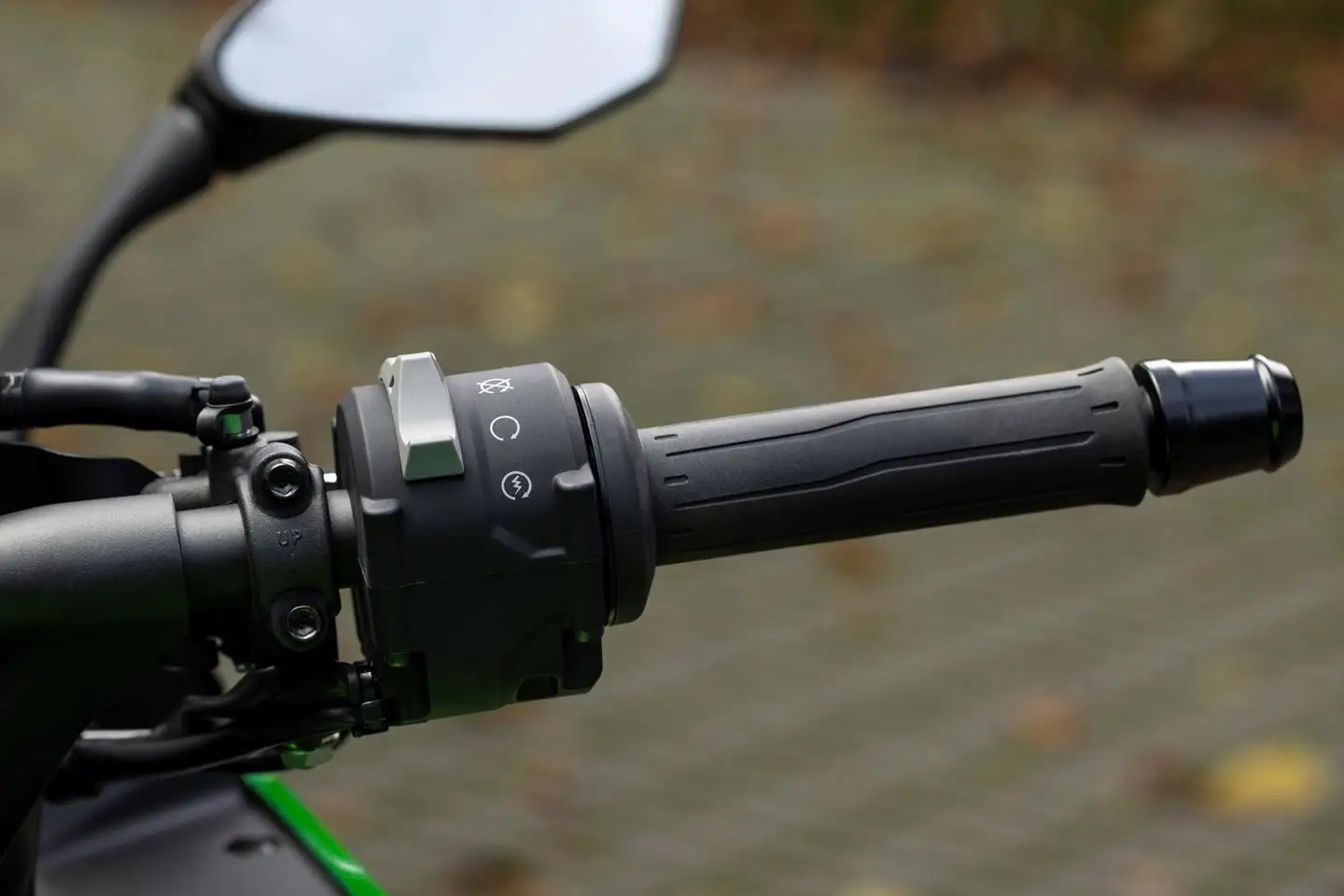
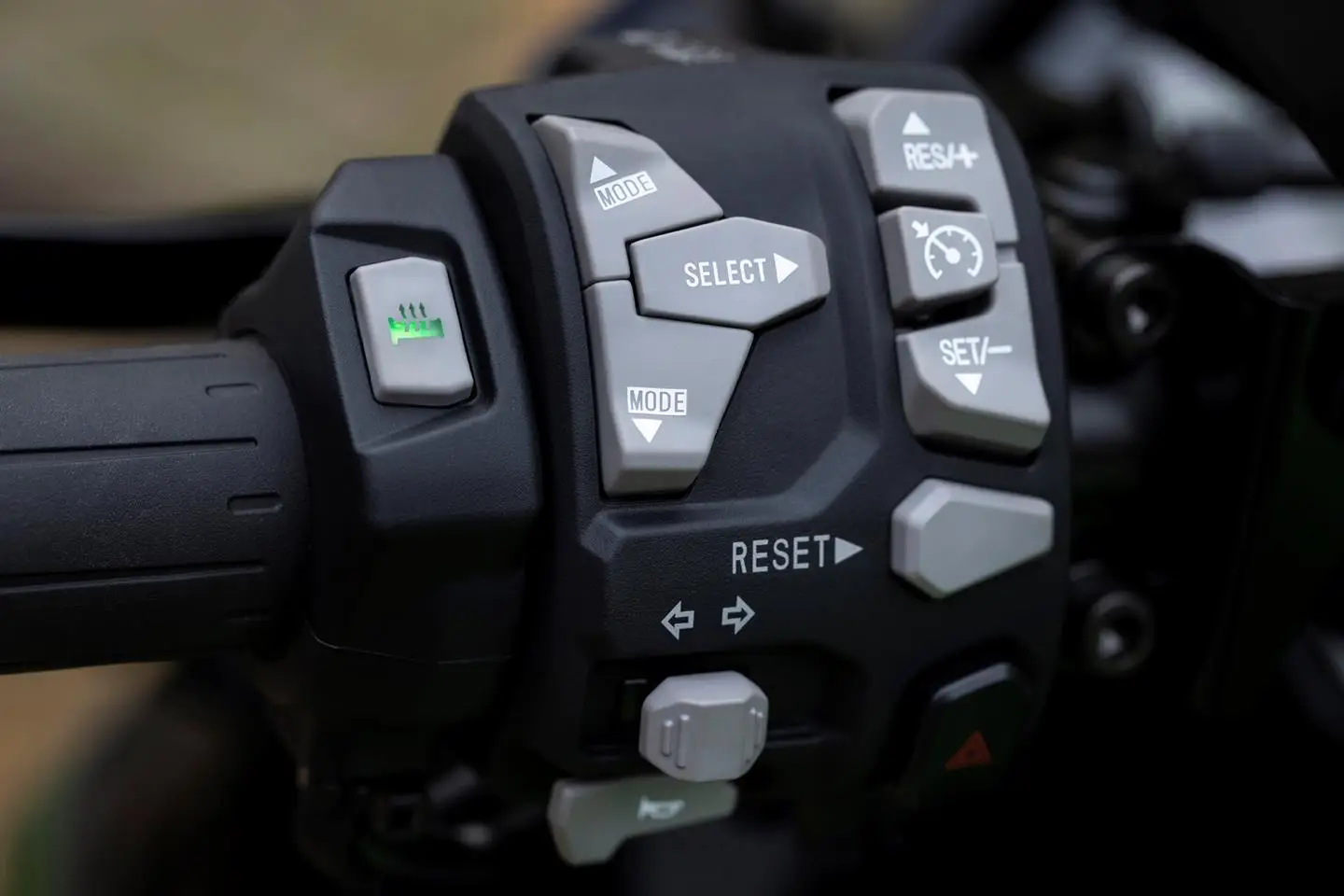
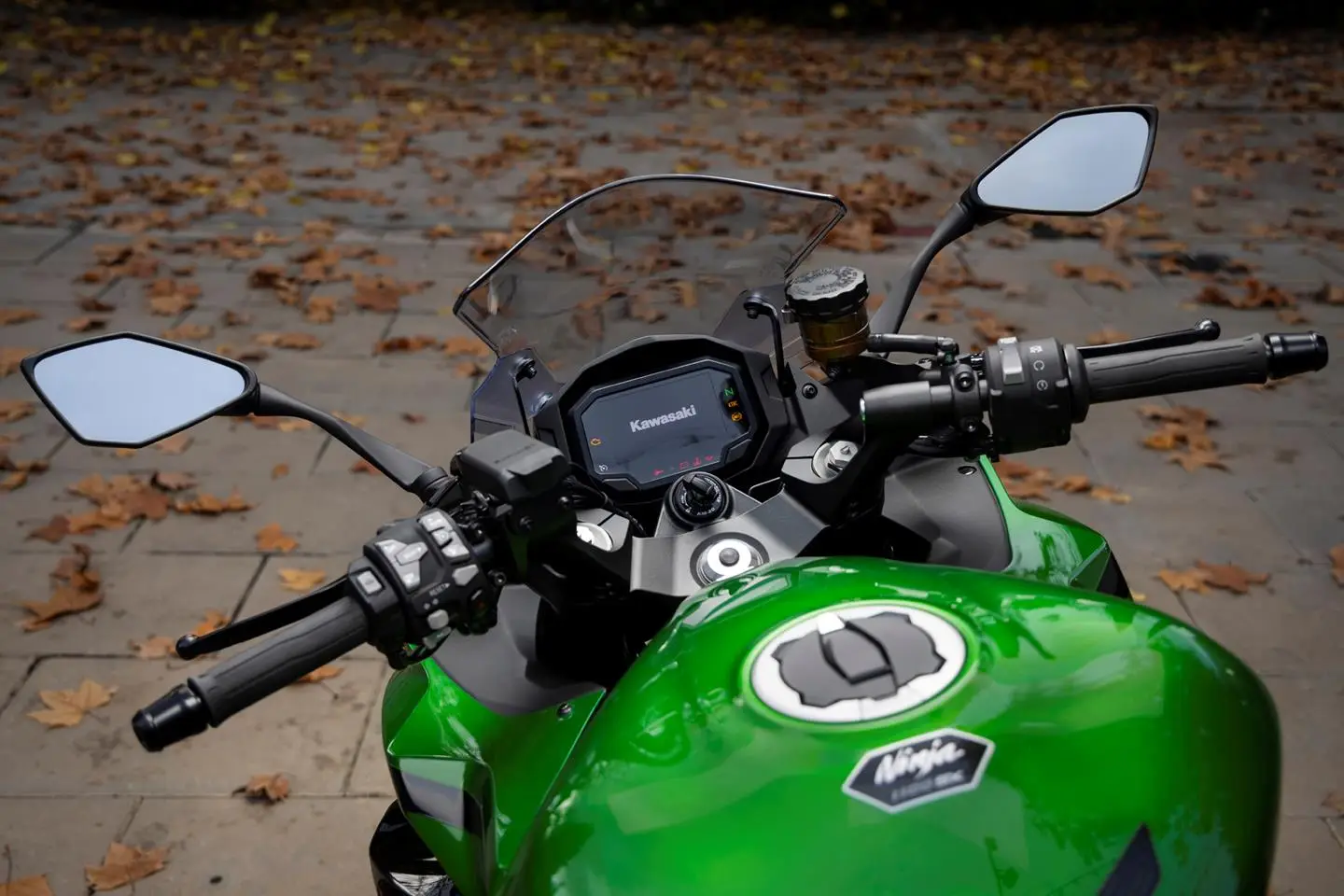
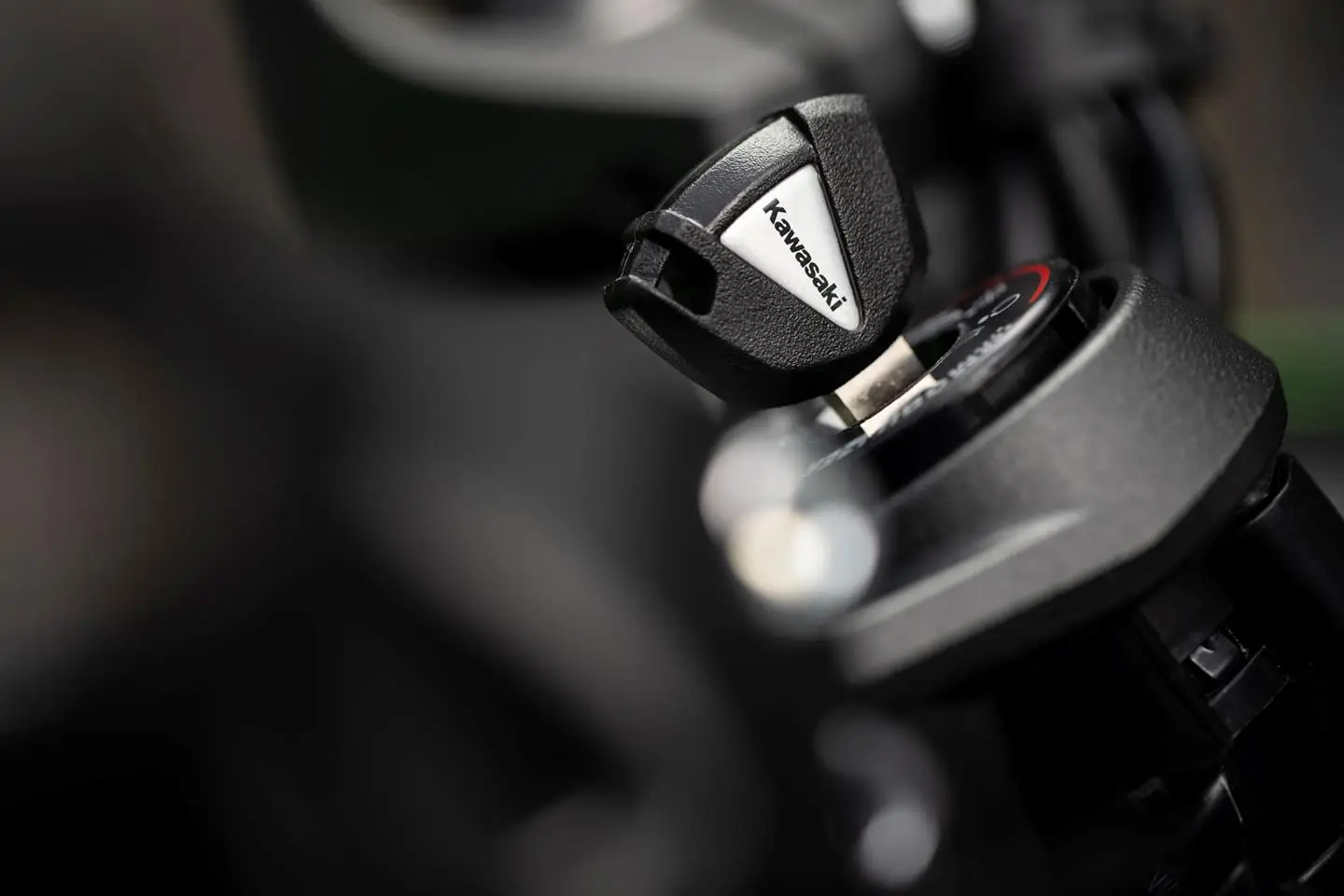
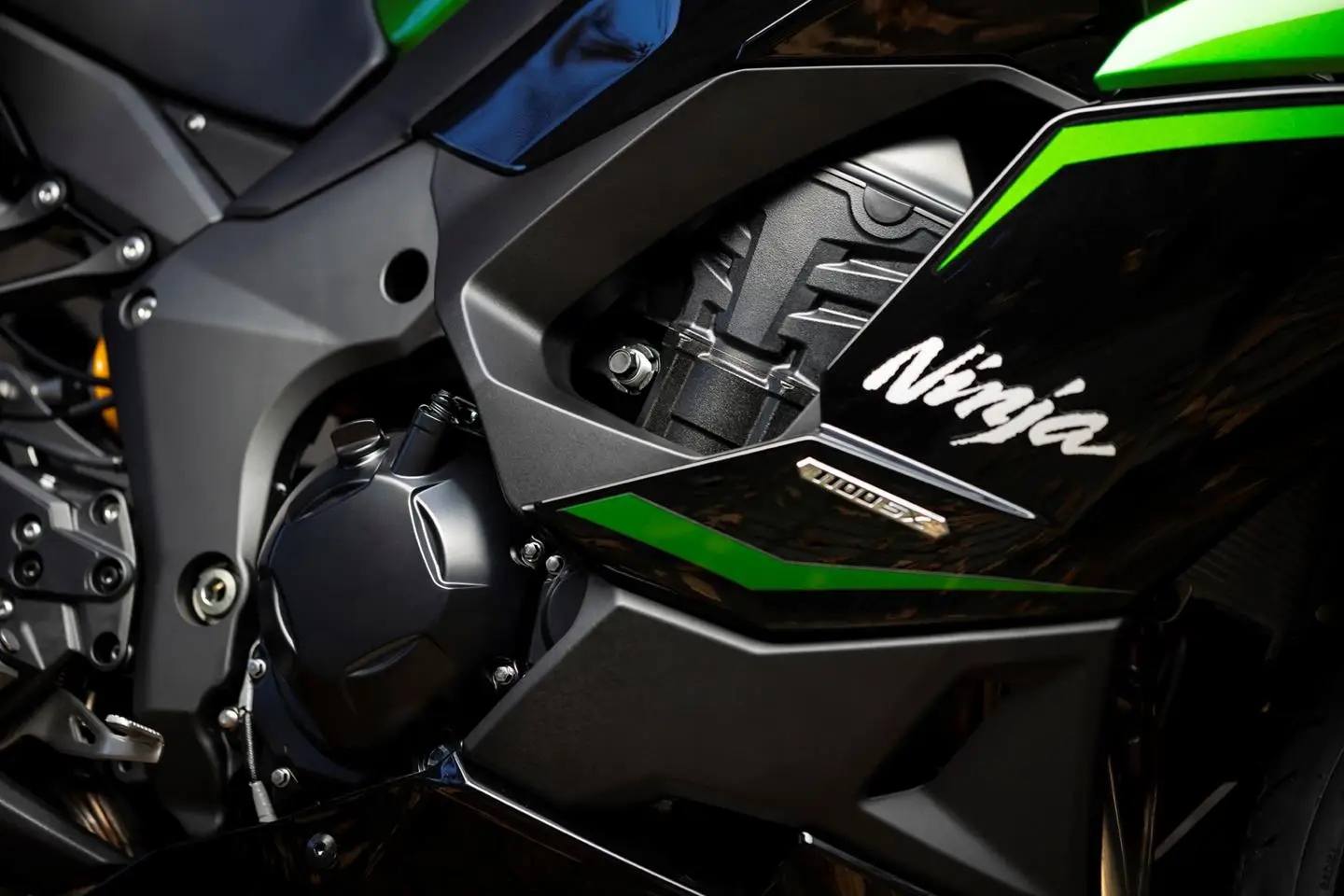
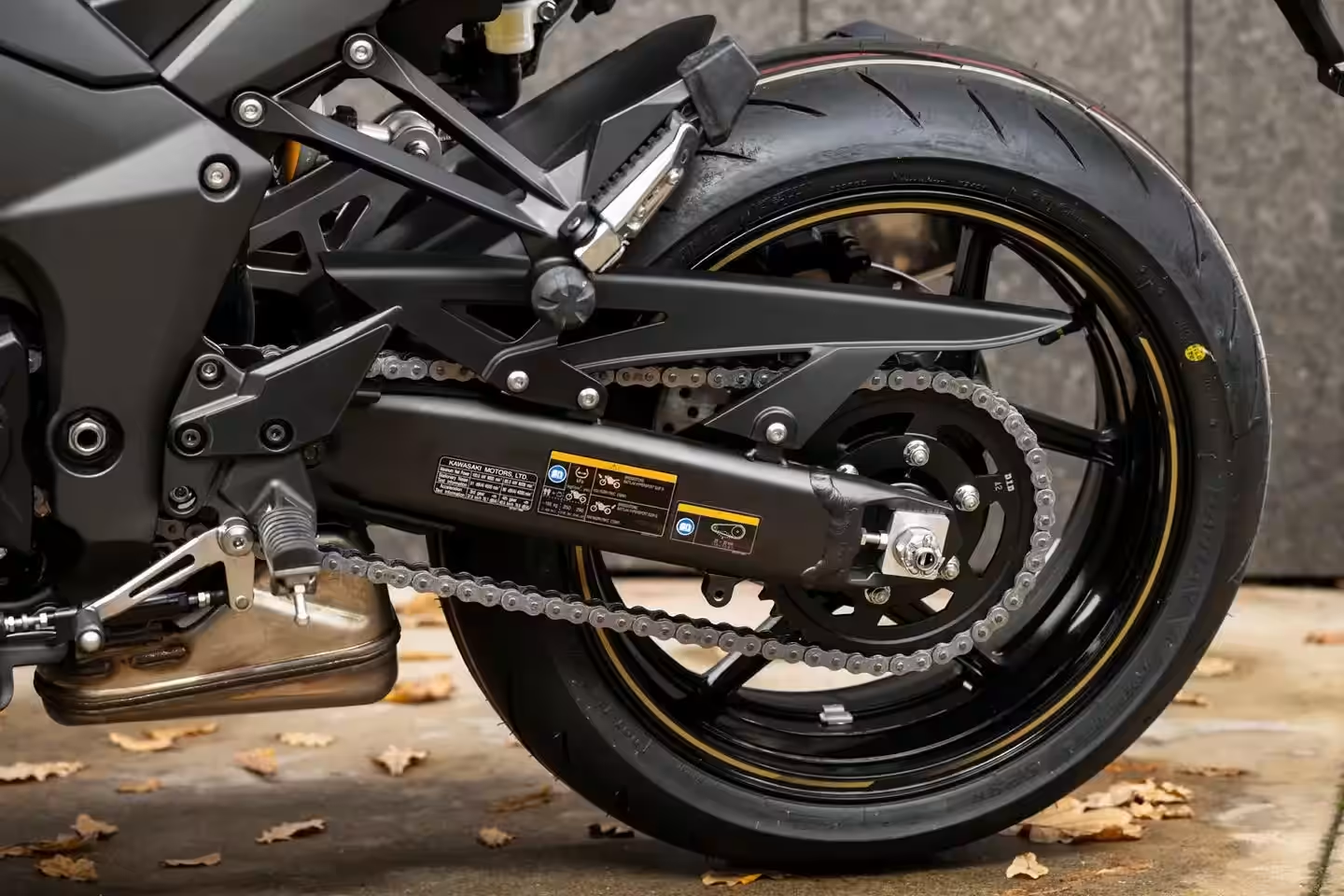
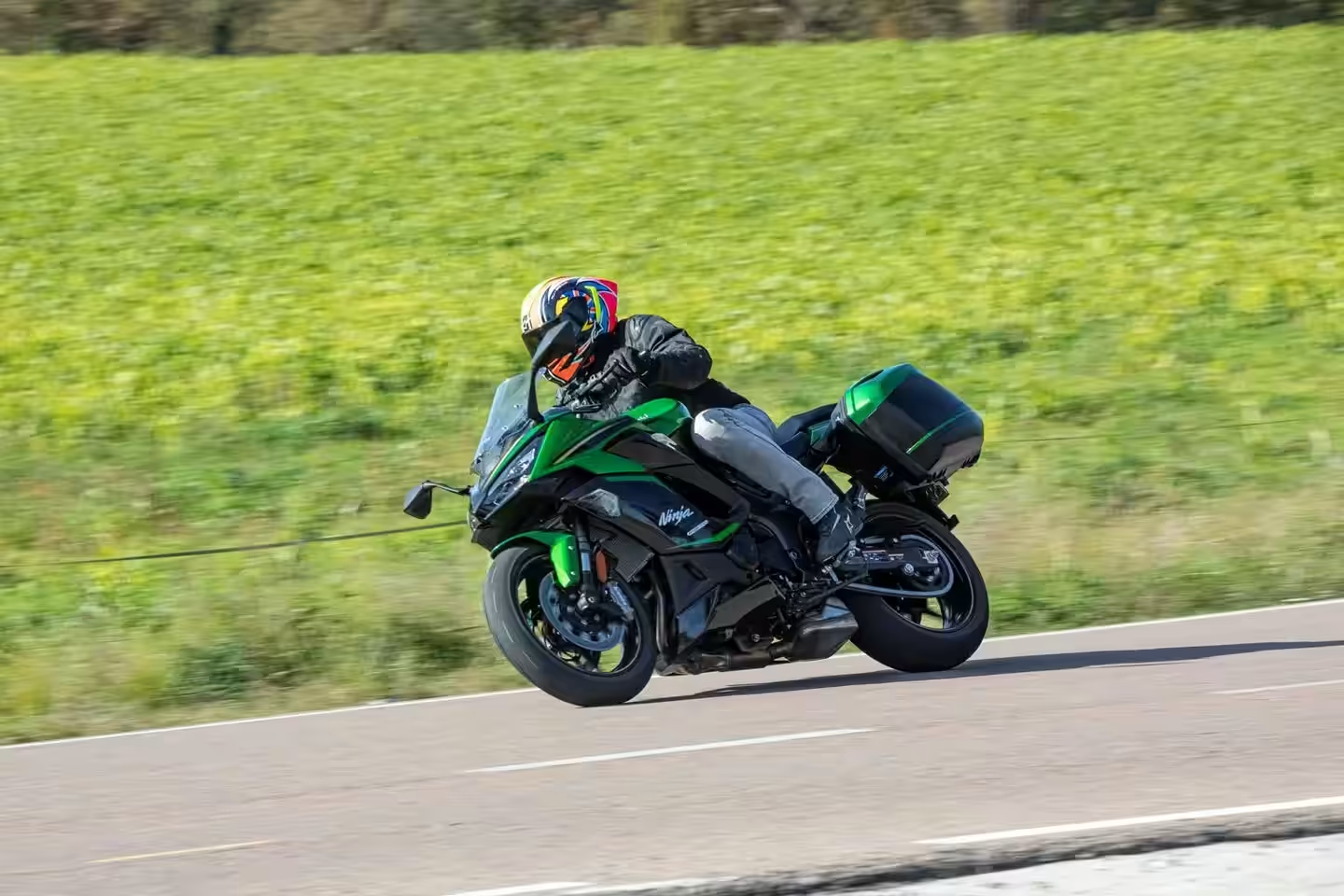
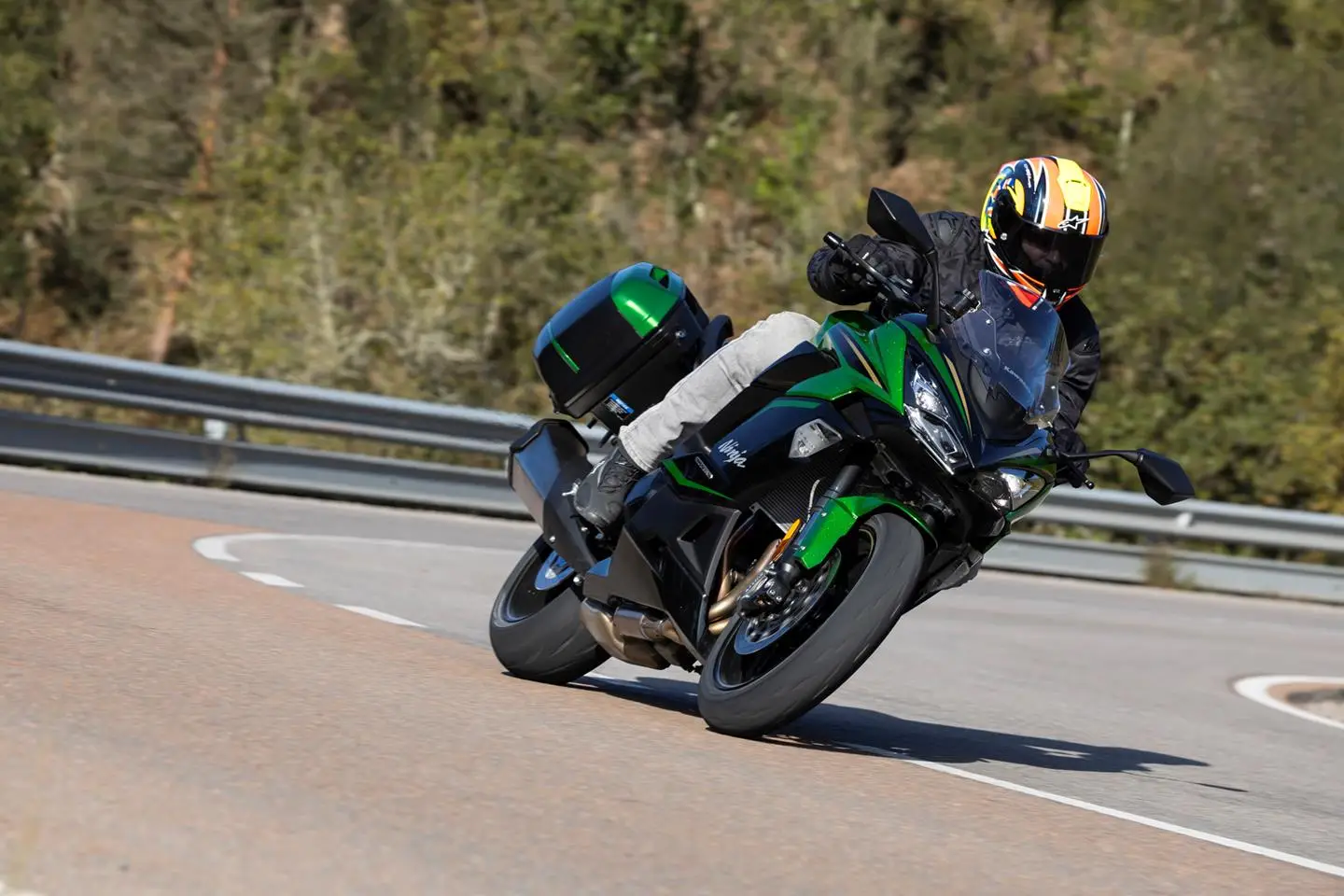

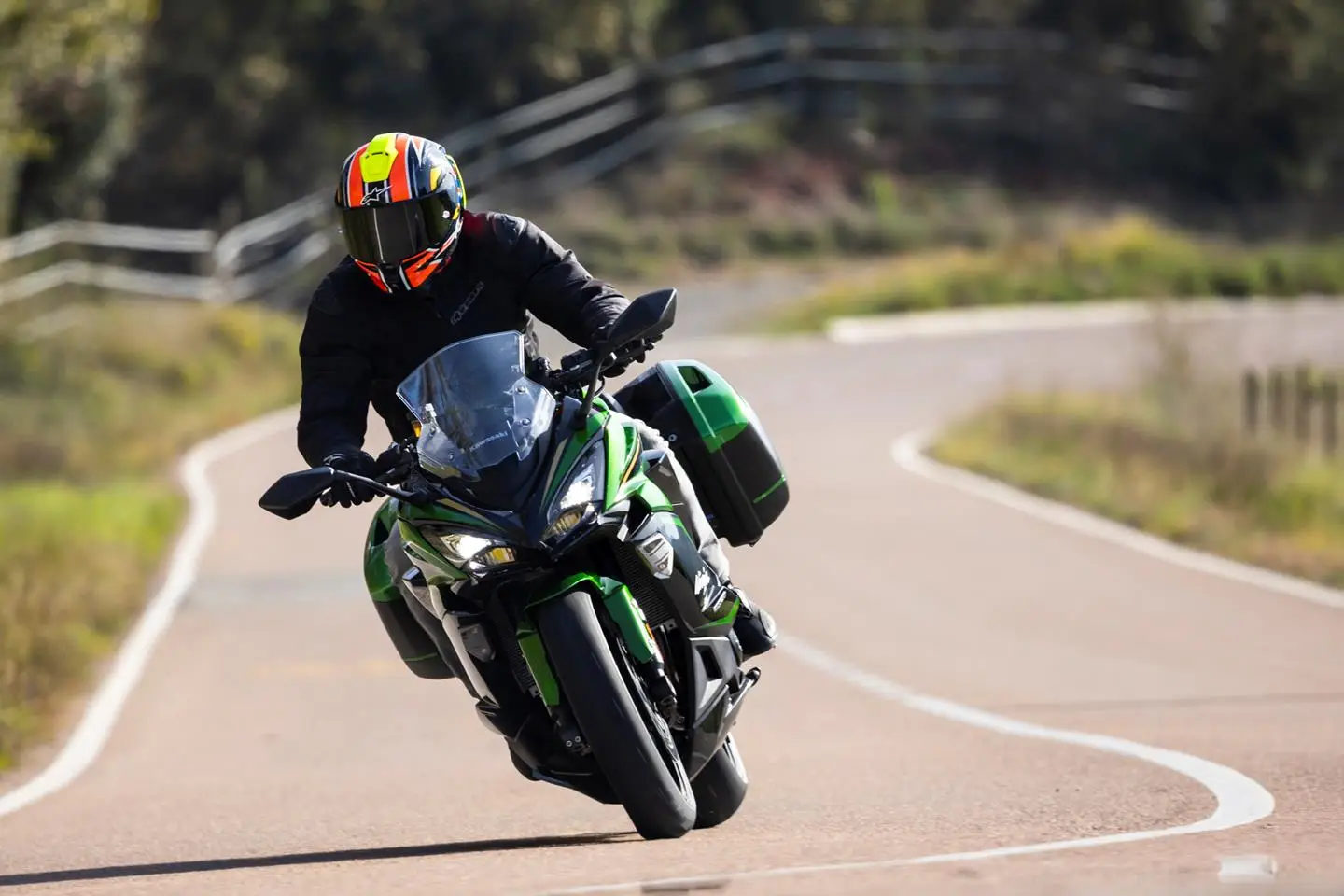
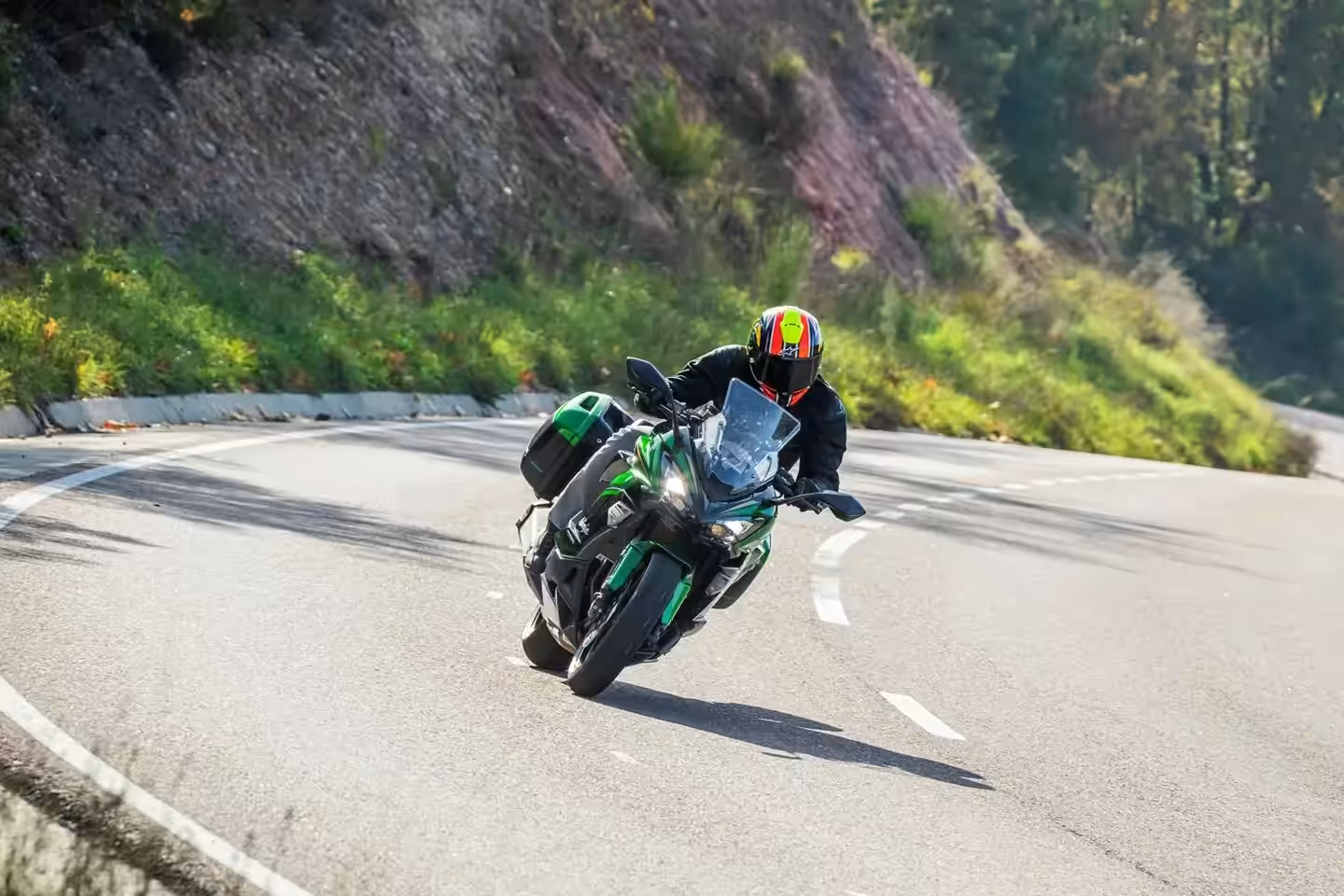
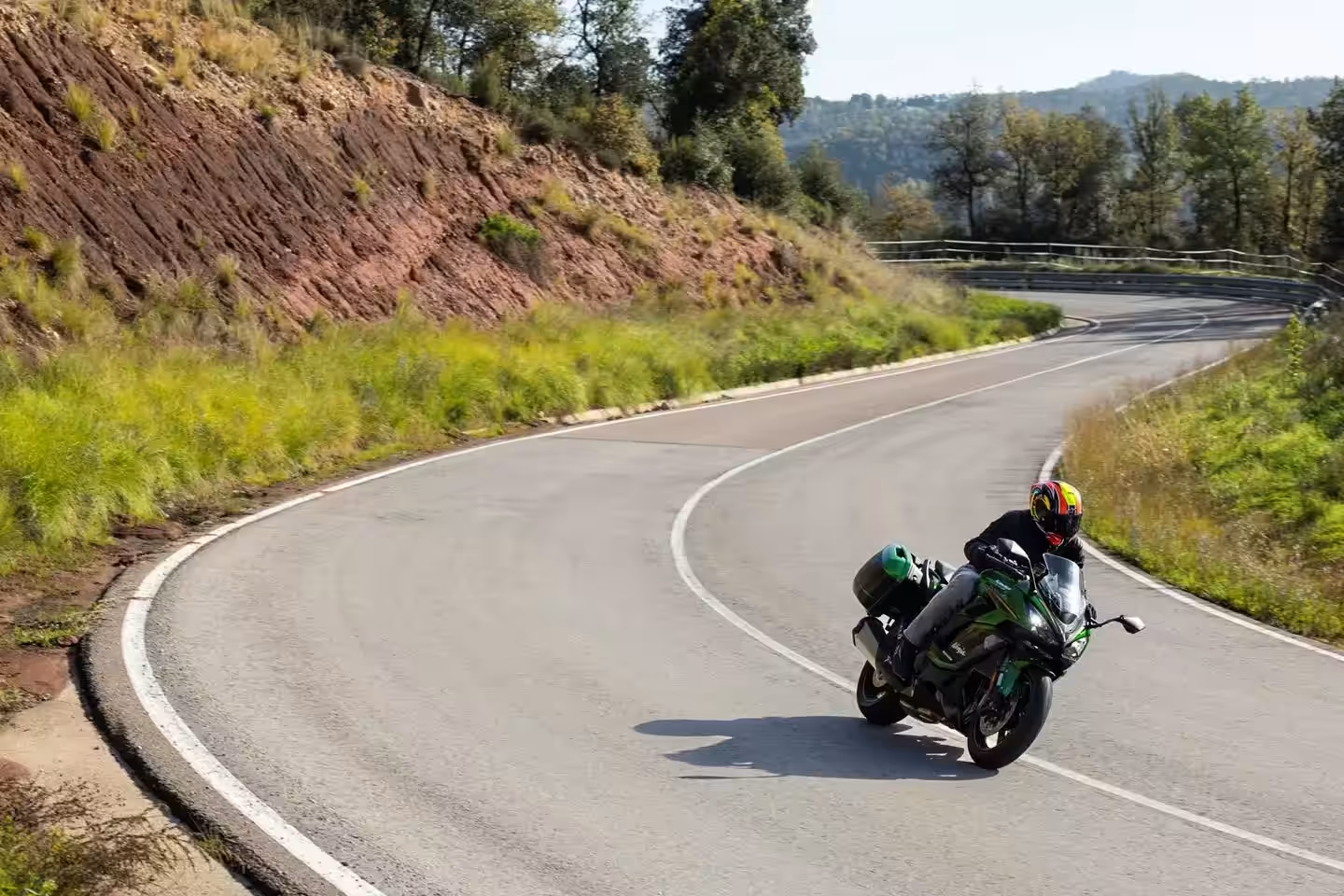
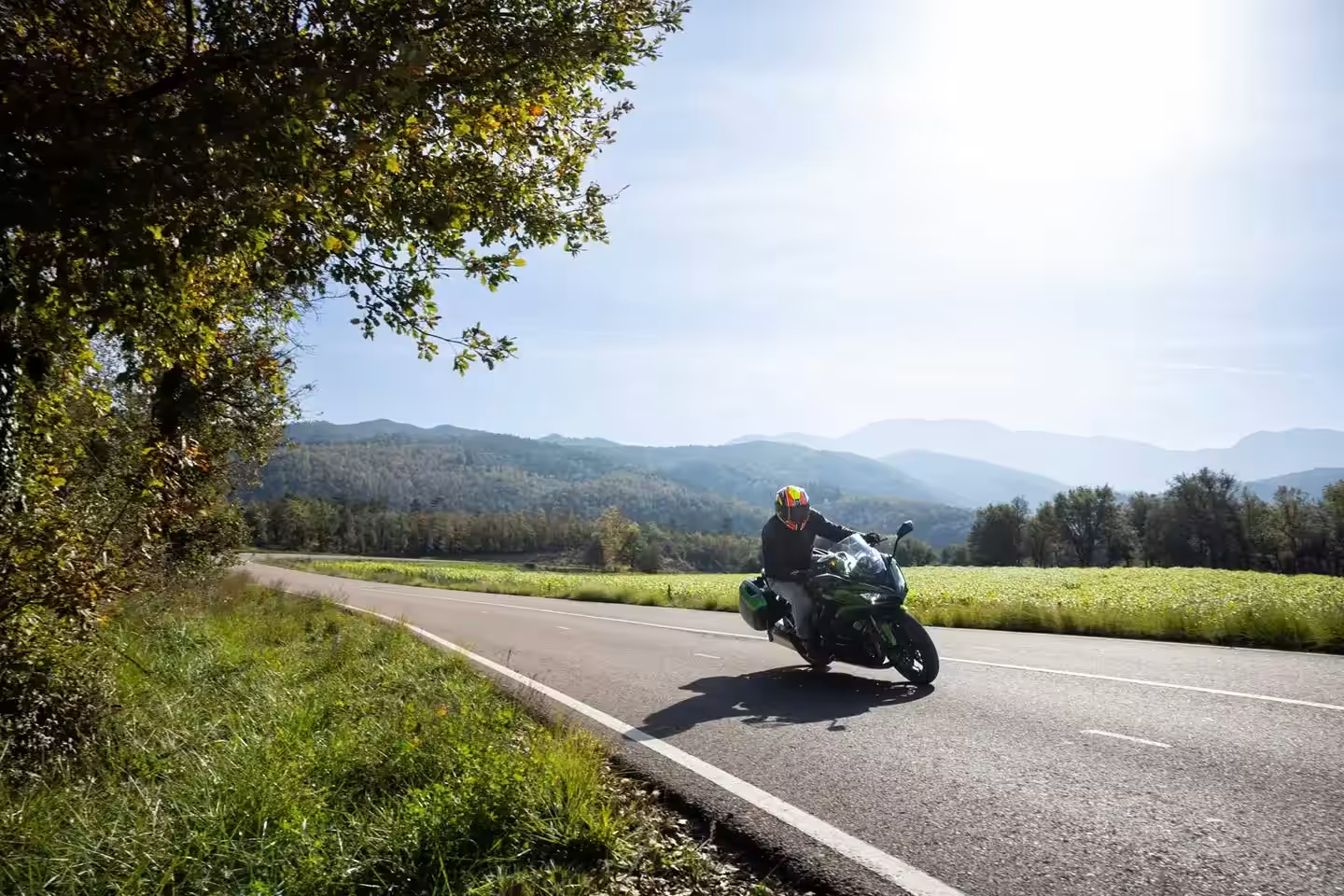
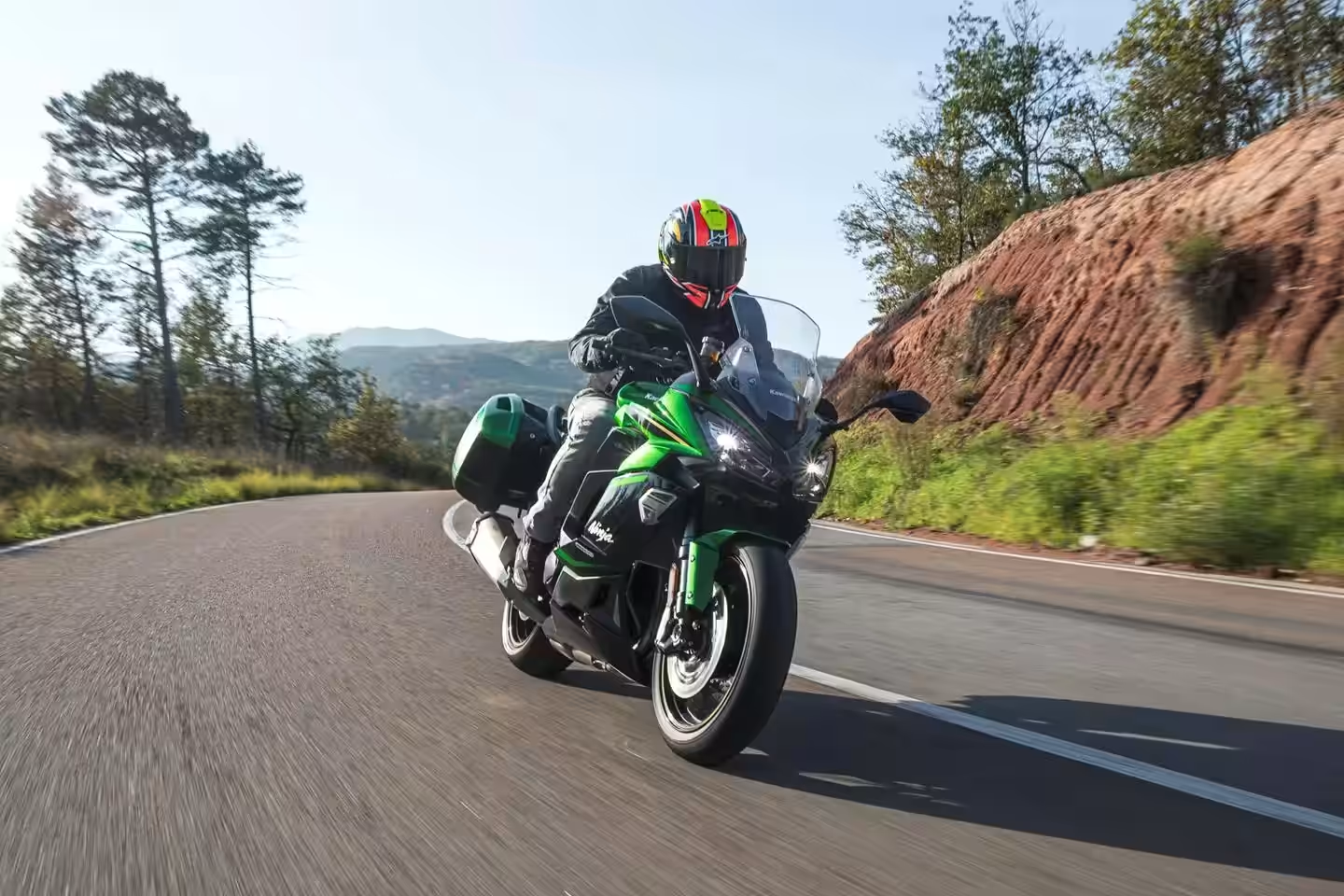

Author: Fabio Isidoro
Founder and editor-in-chief of Canal Carro, he dedicates himself to exploring the automotive universe with depth and passion. A car and technology enthusiast, he produces technical content and in-depth analyses of national and international vehicles, combining quality information with a critical eye for the public.

